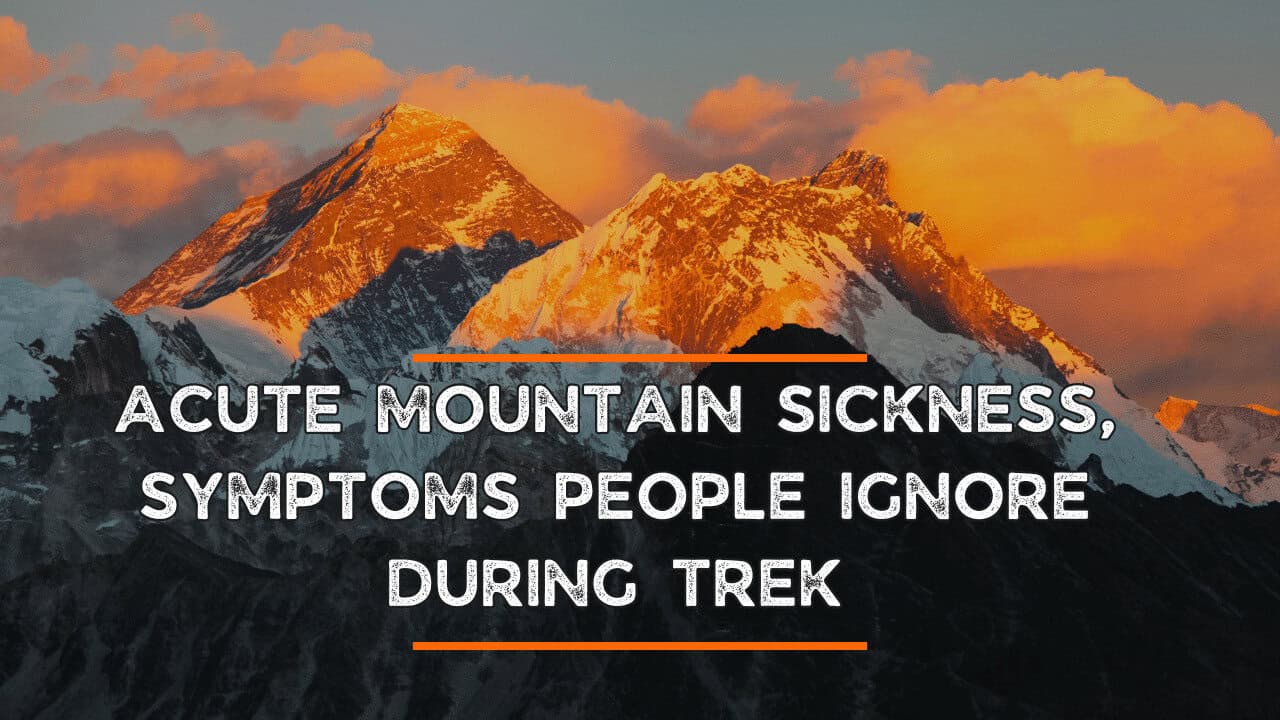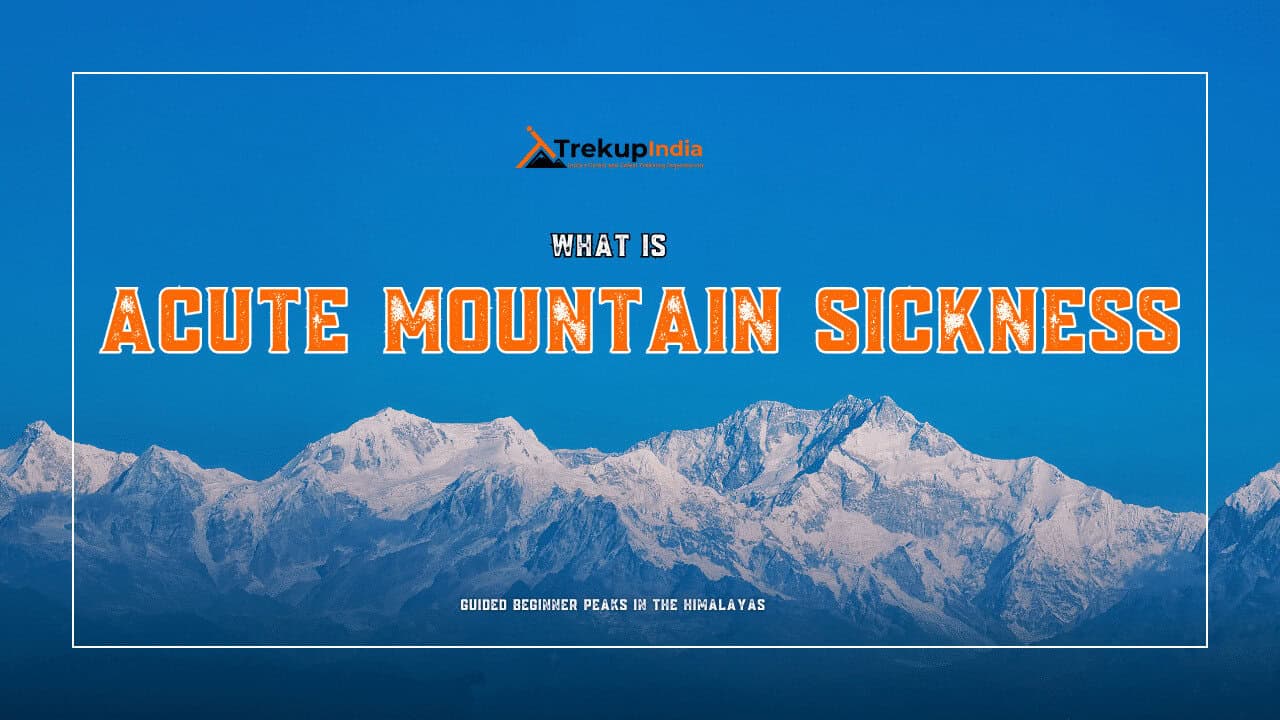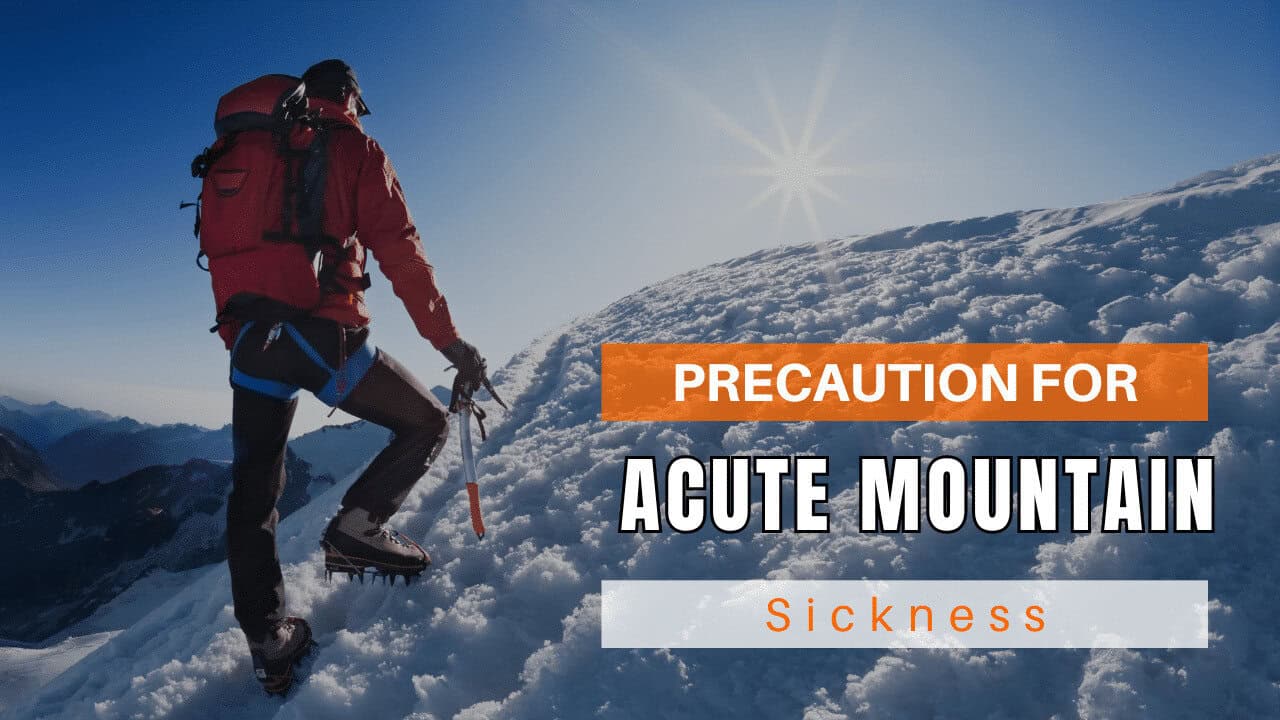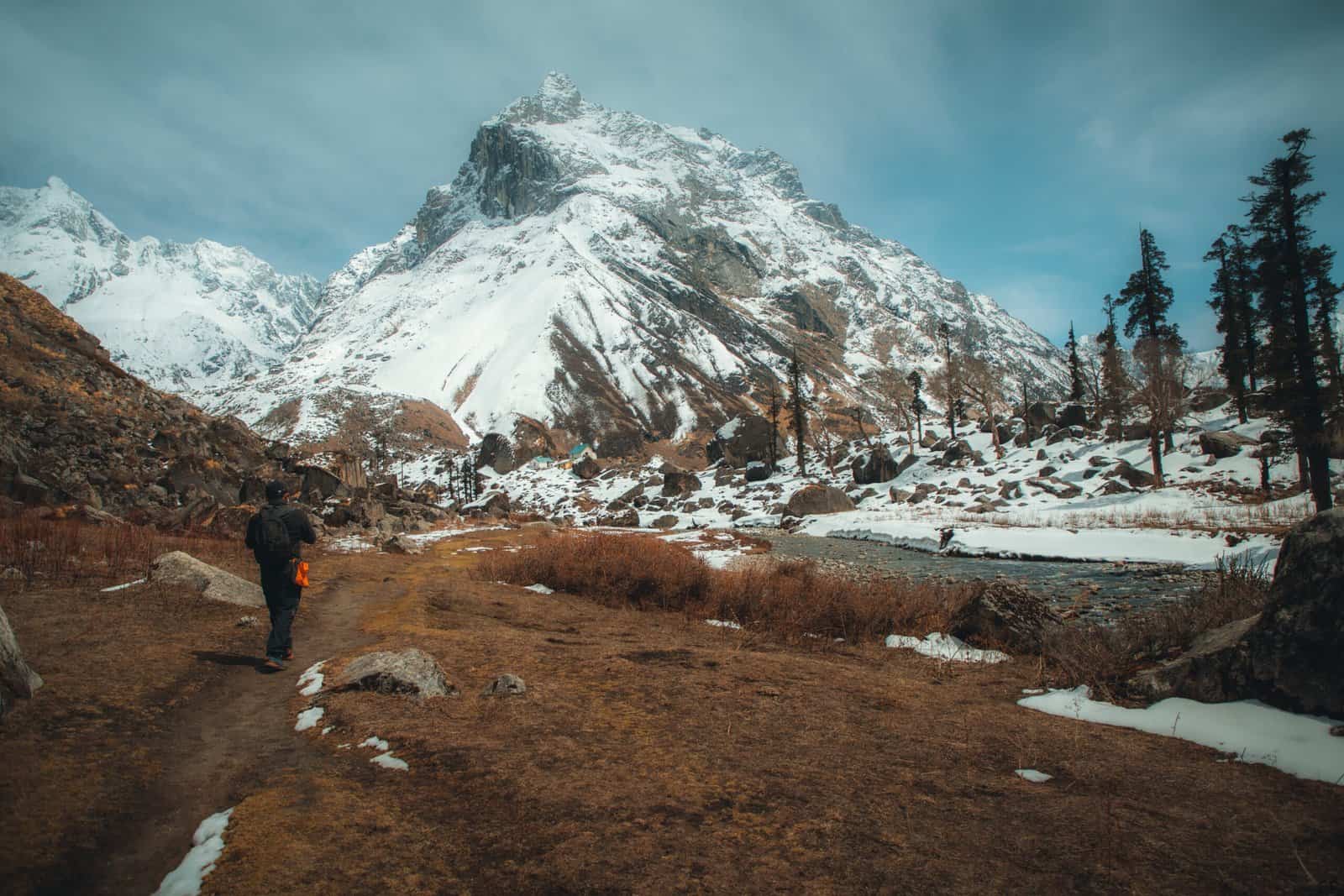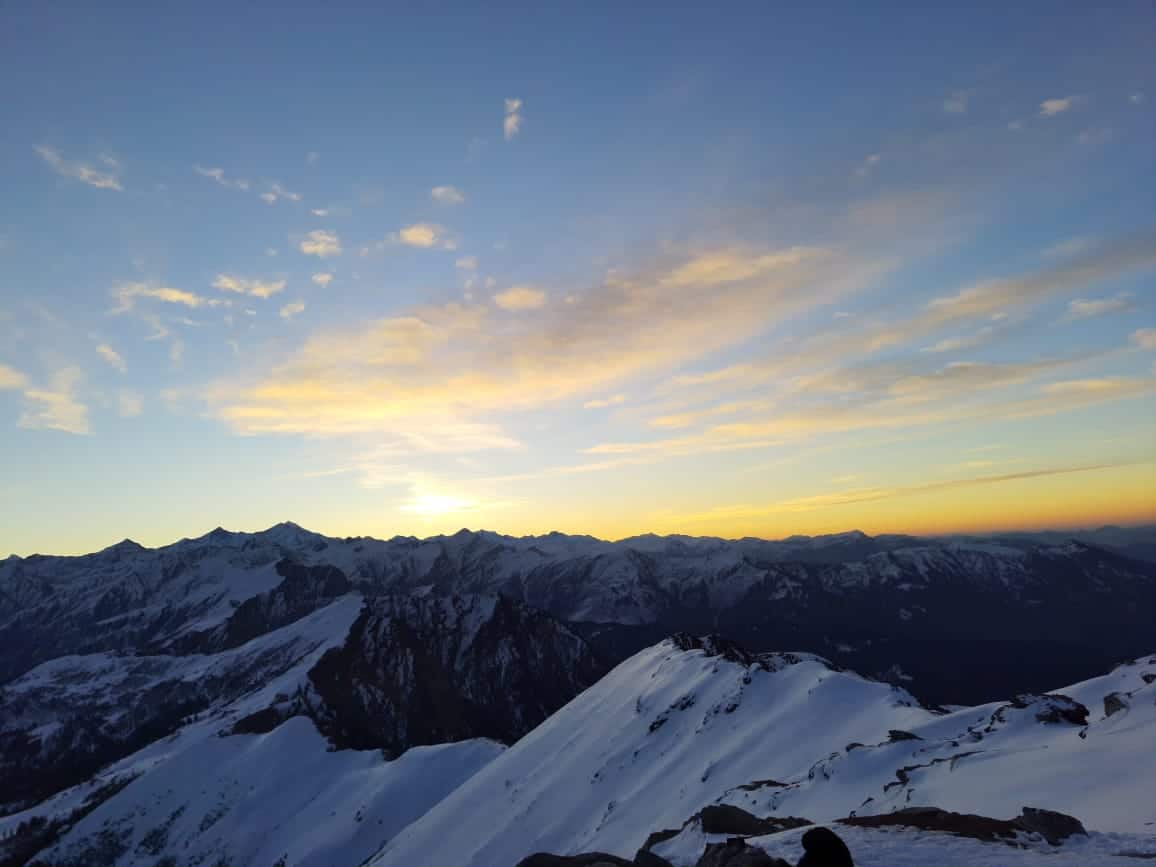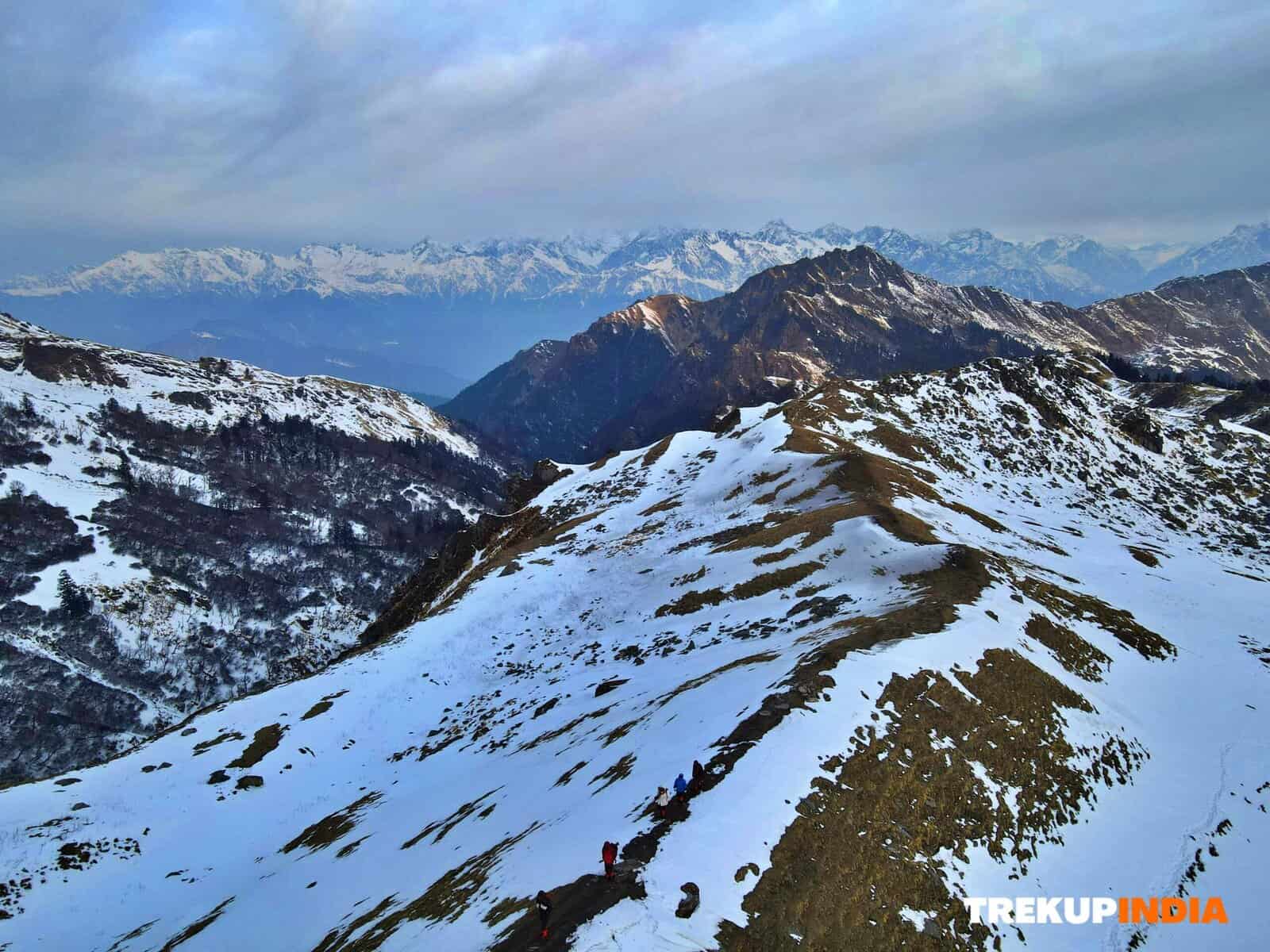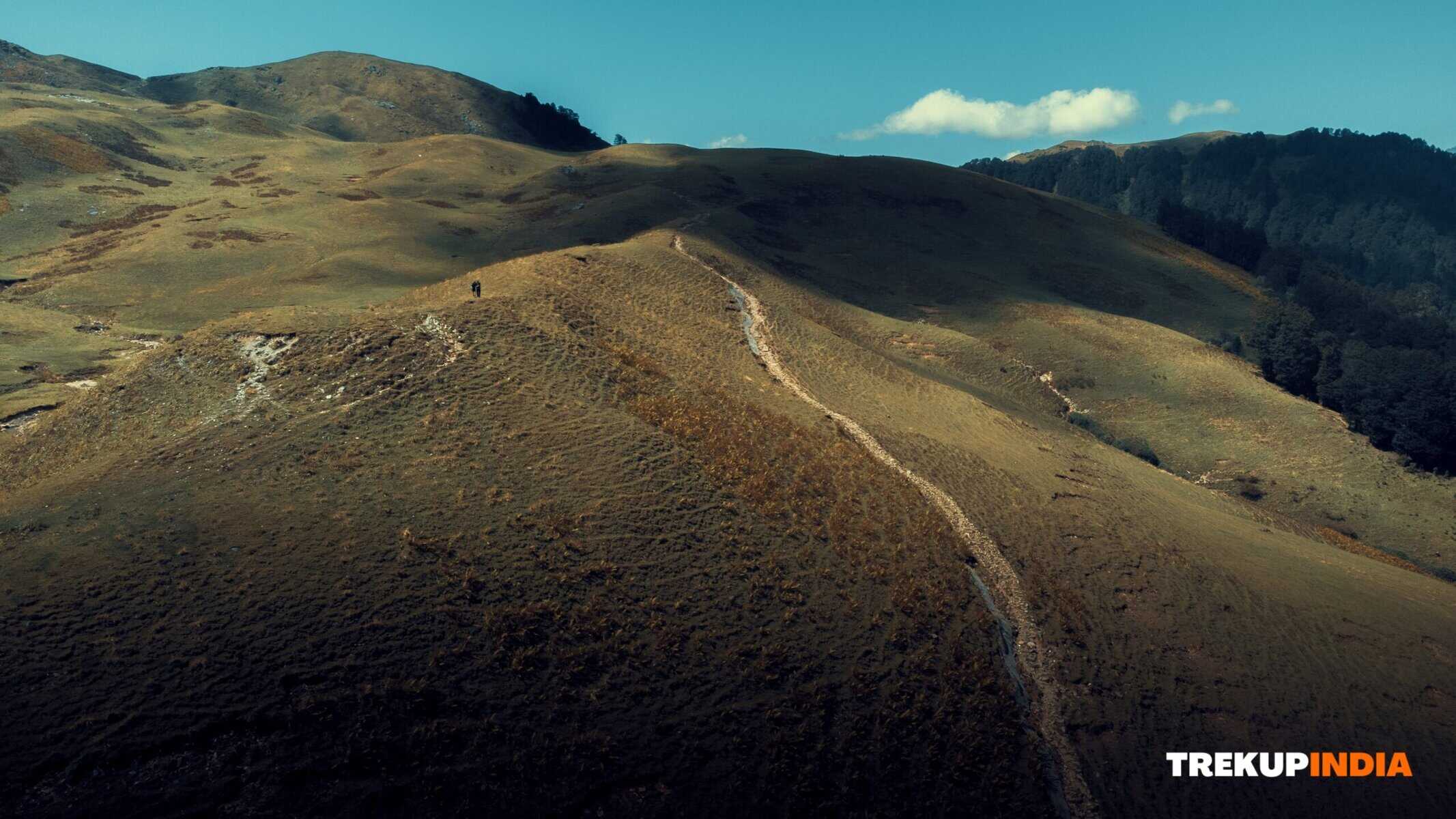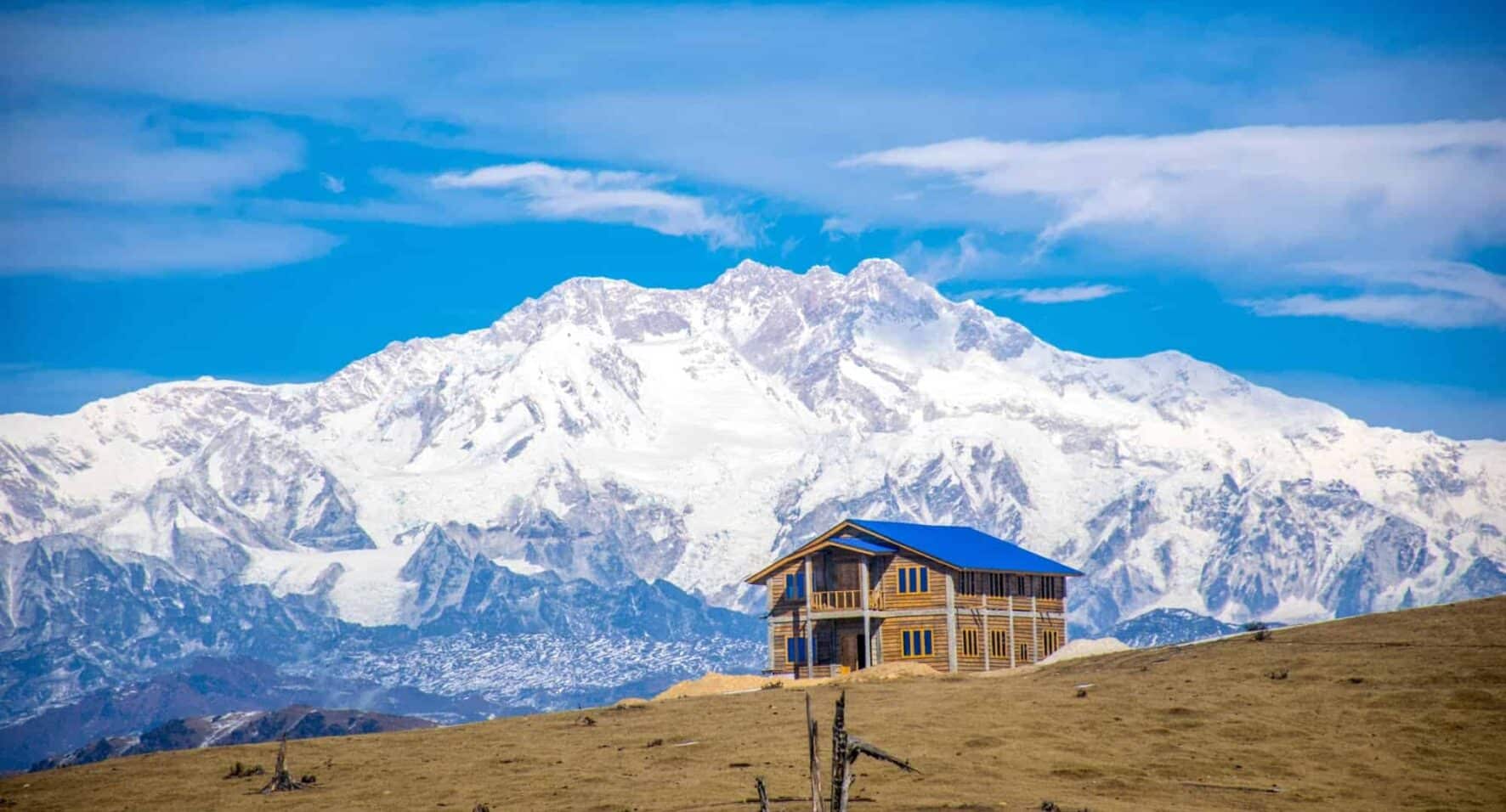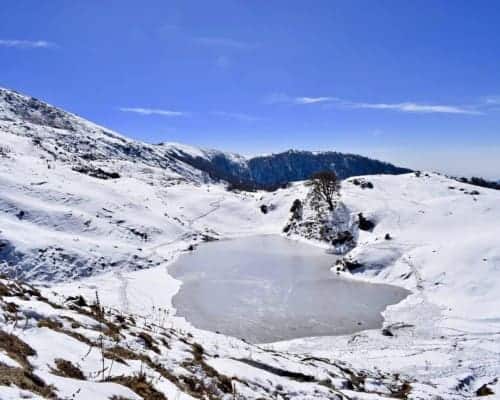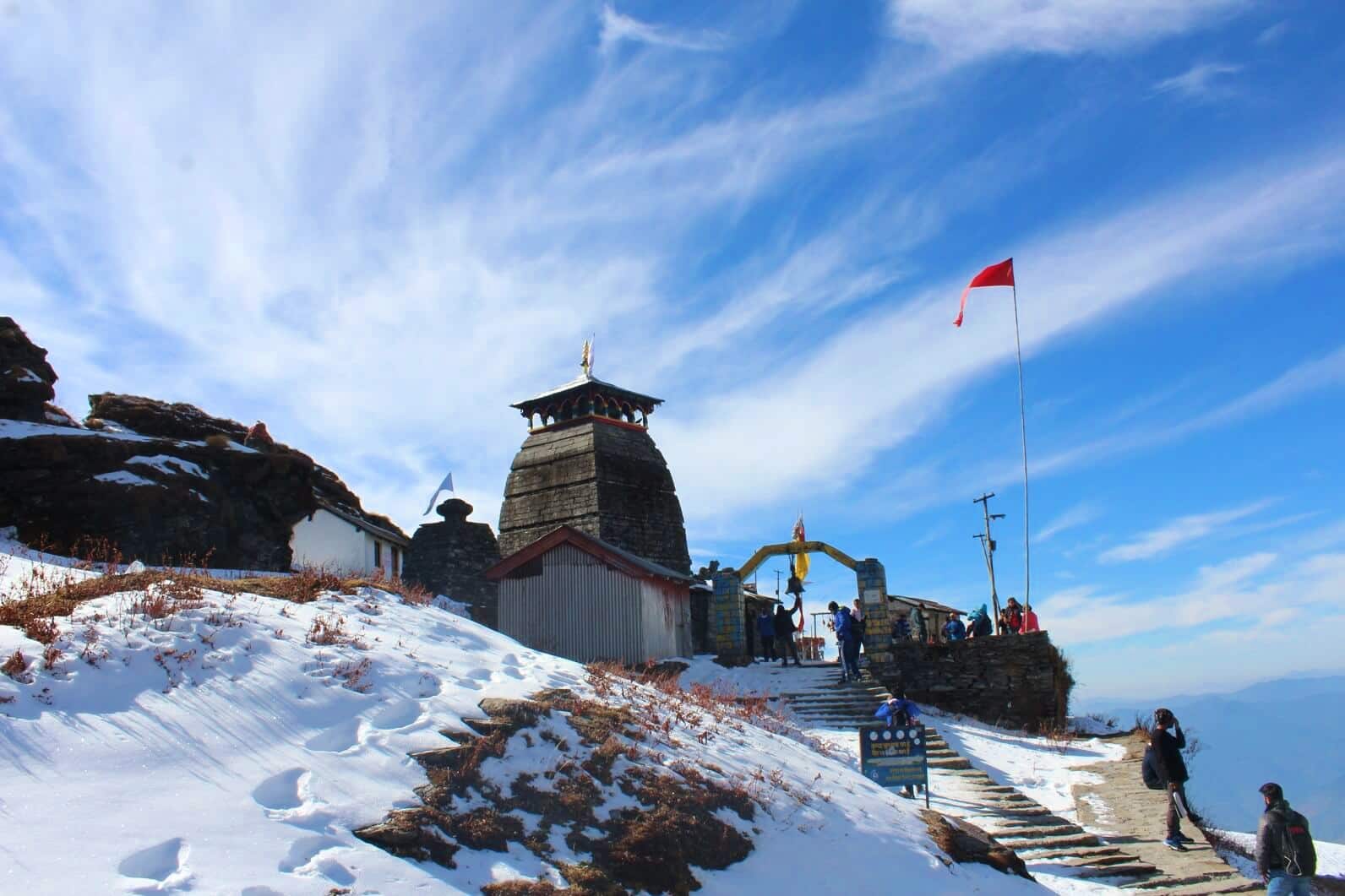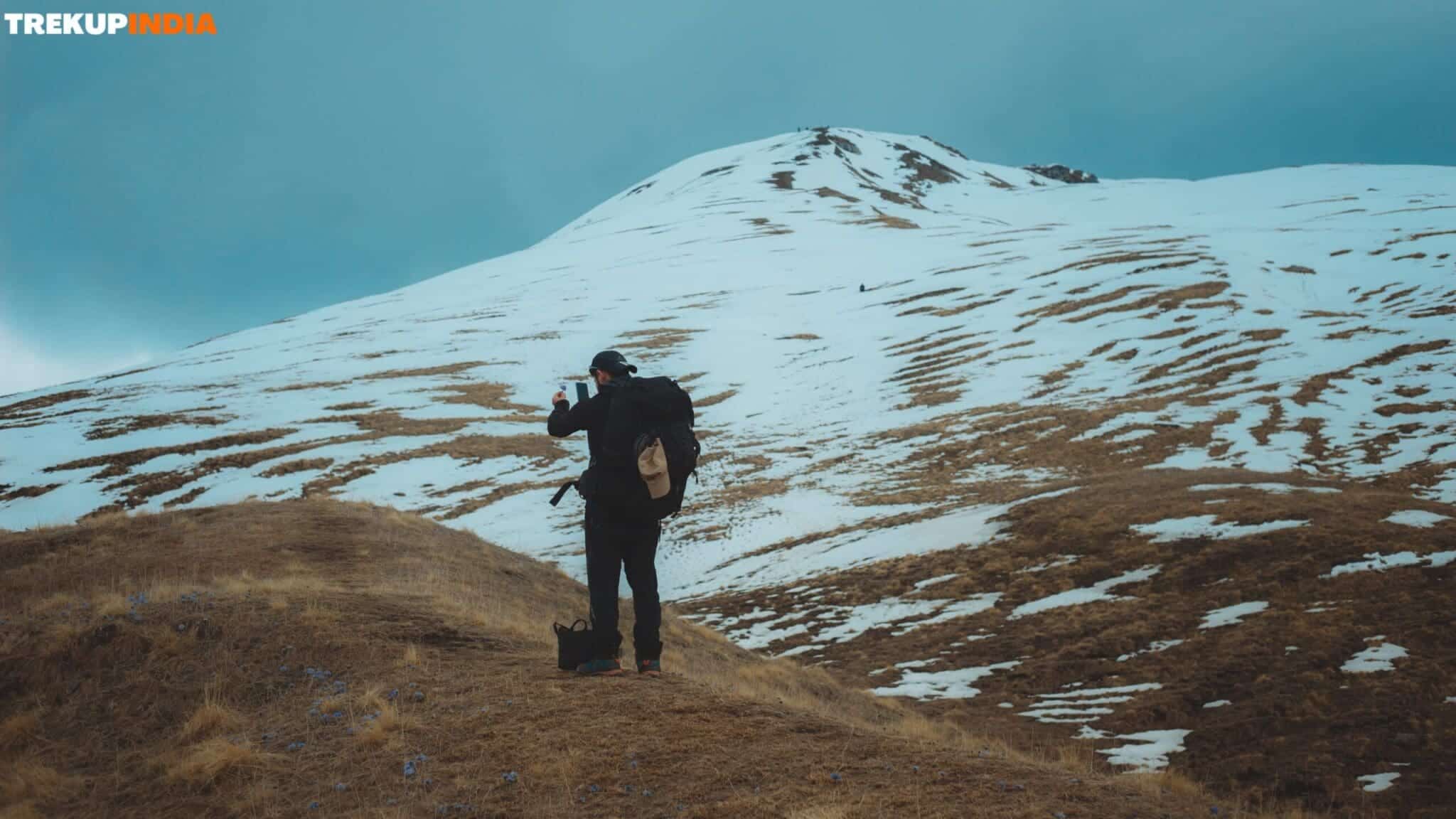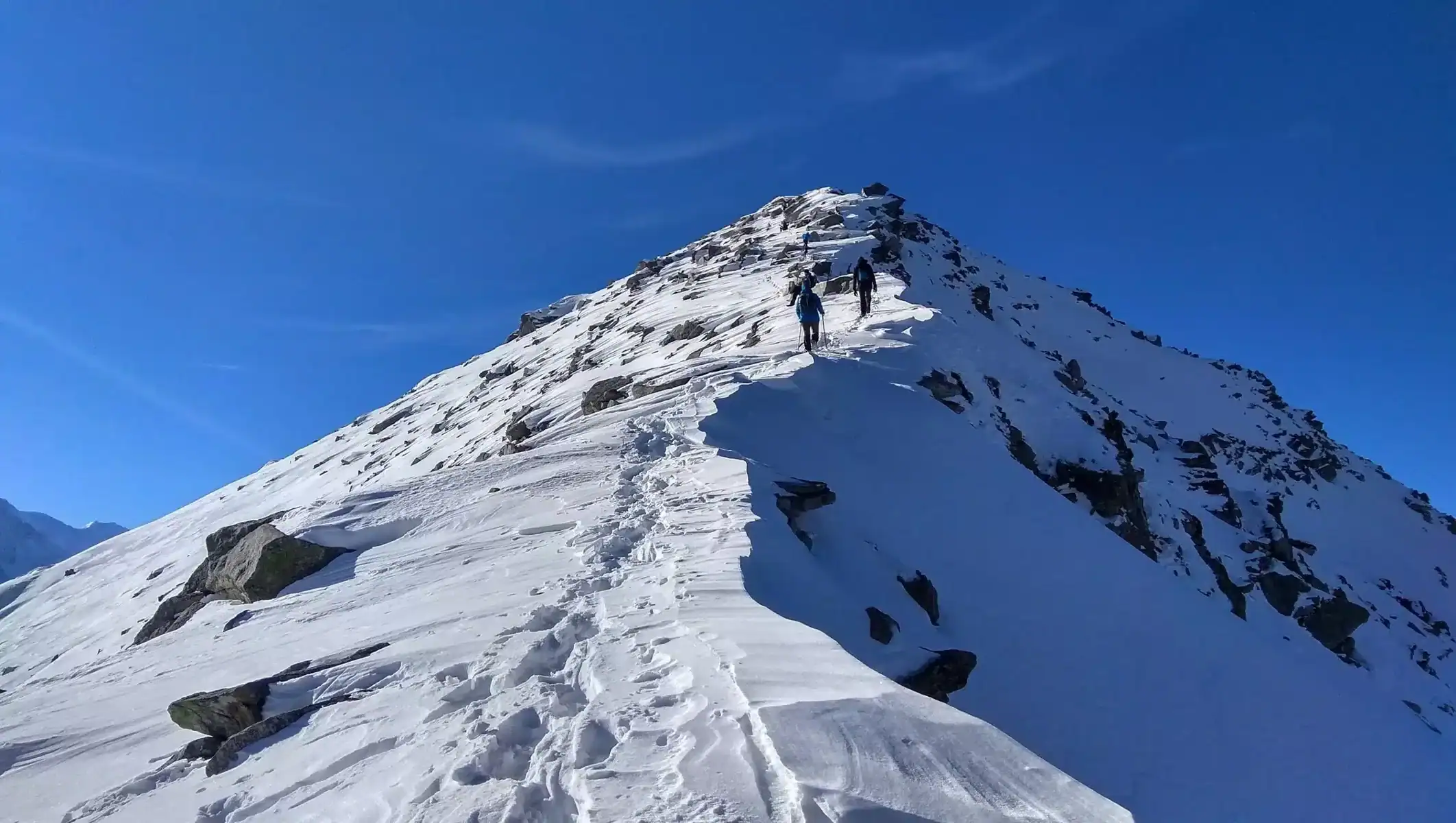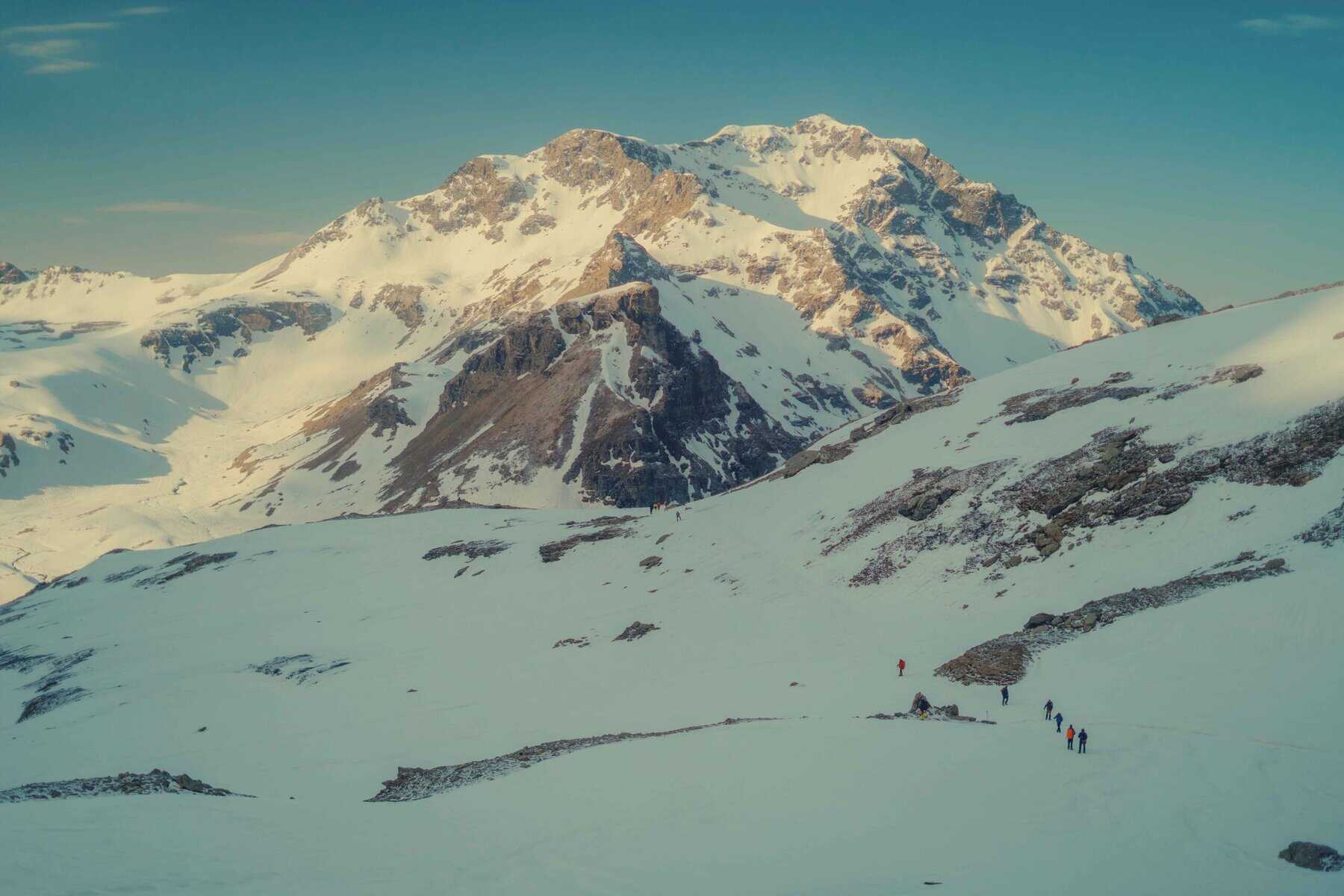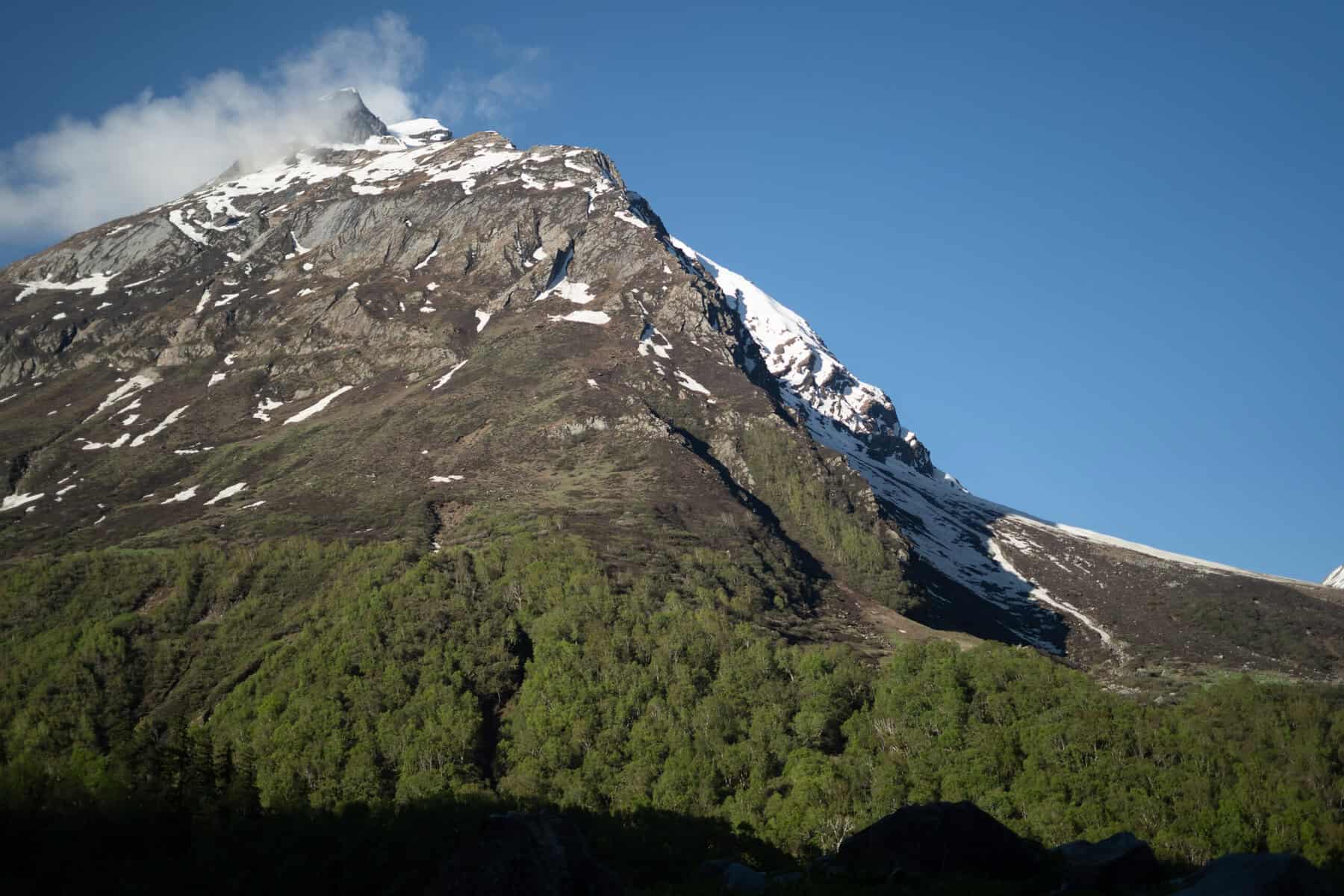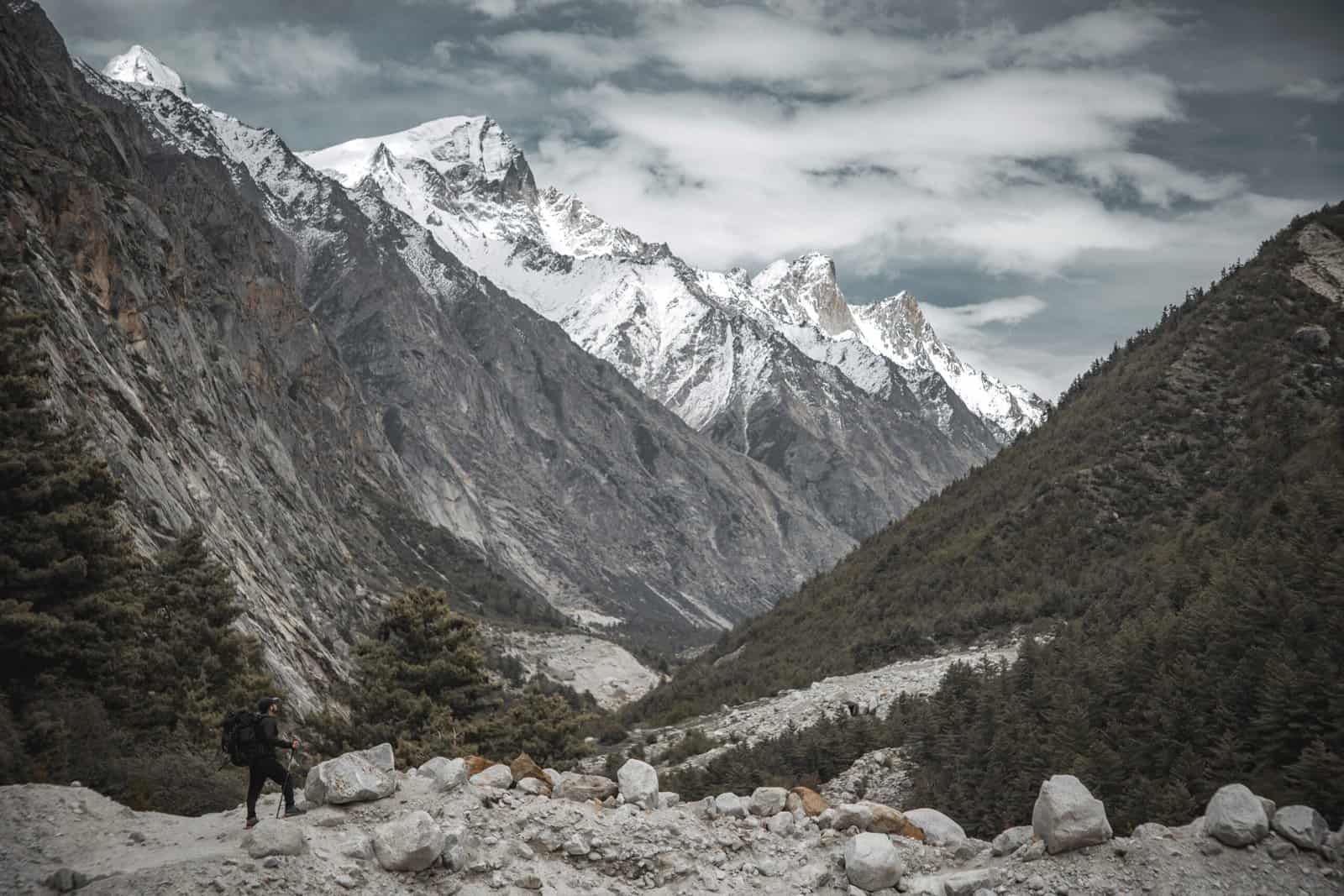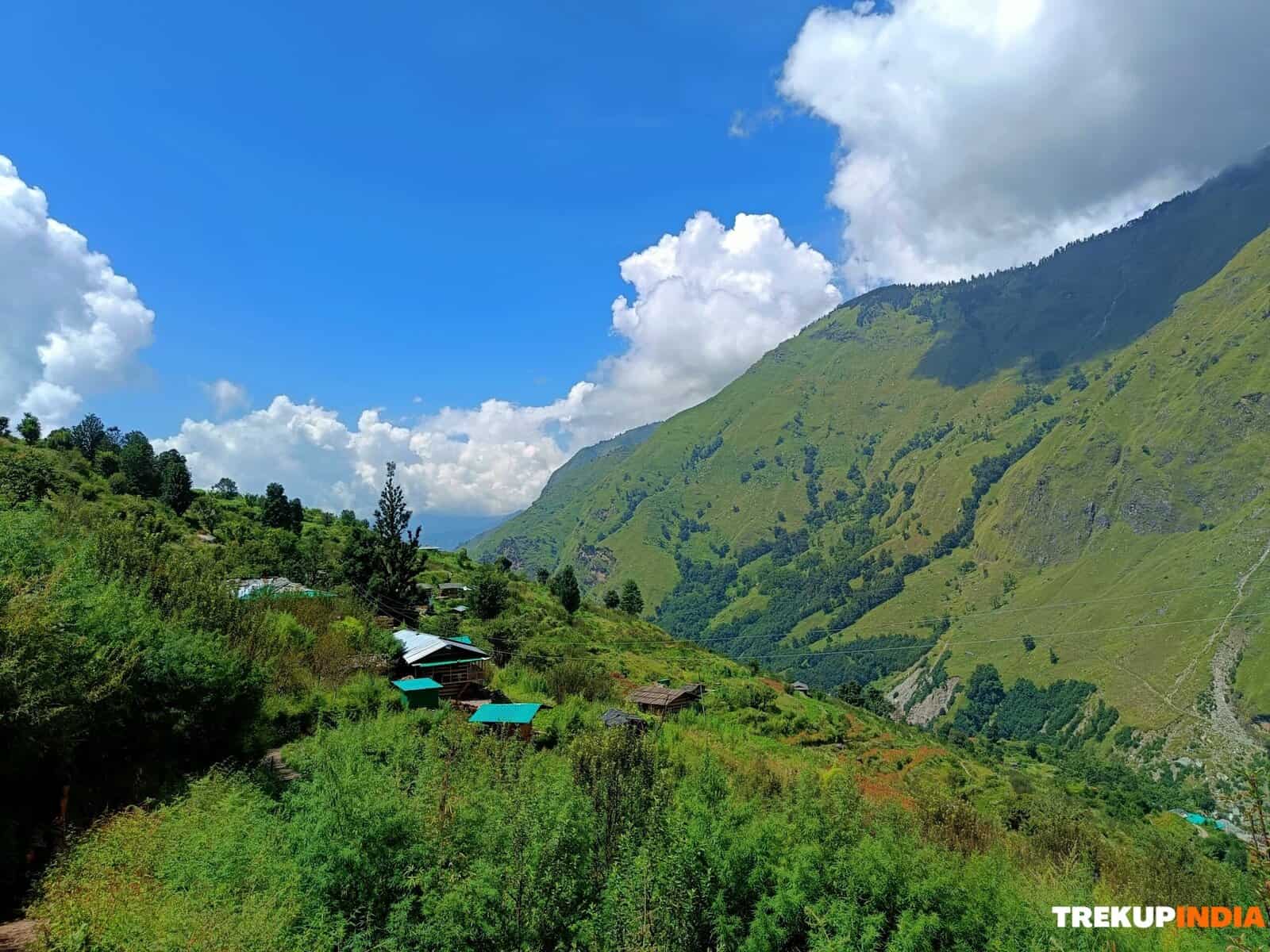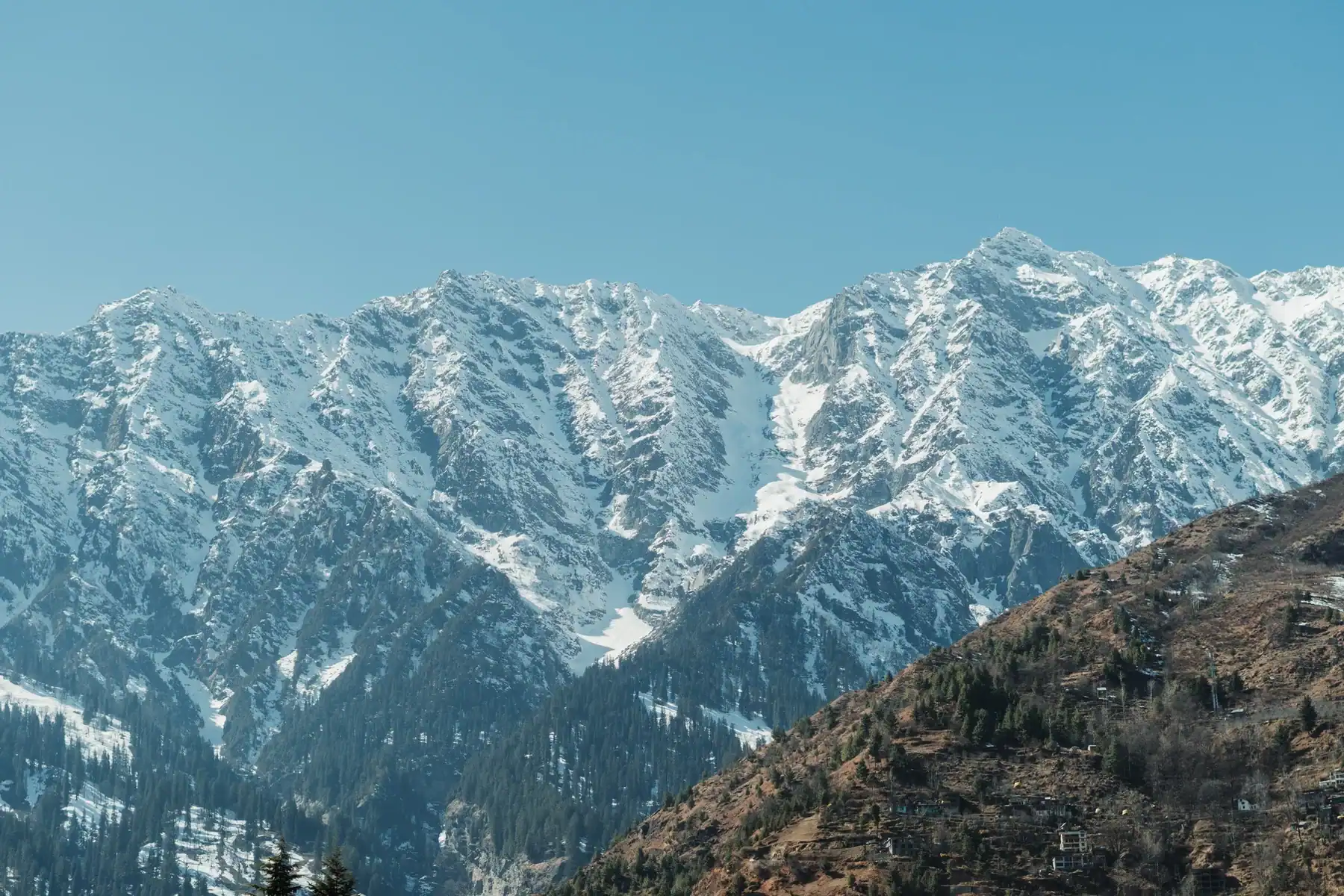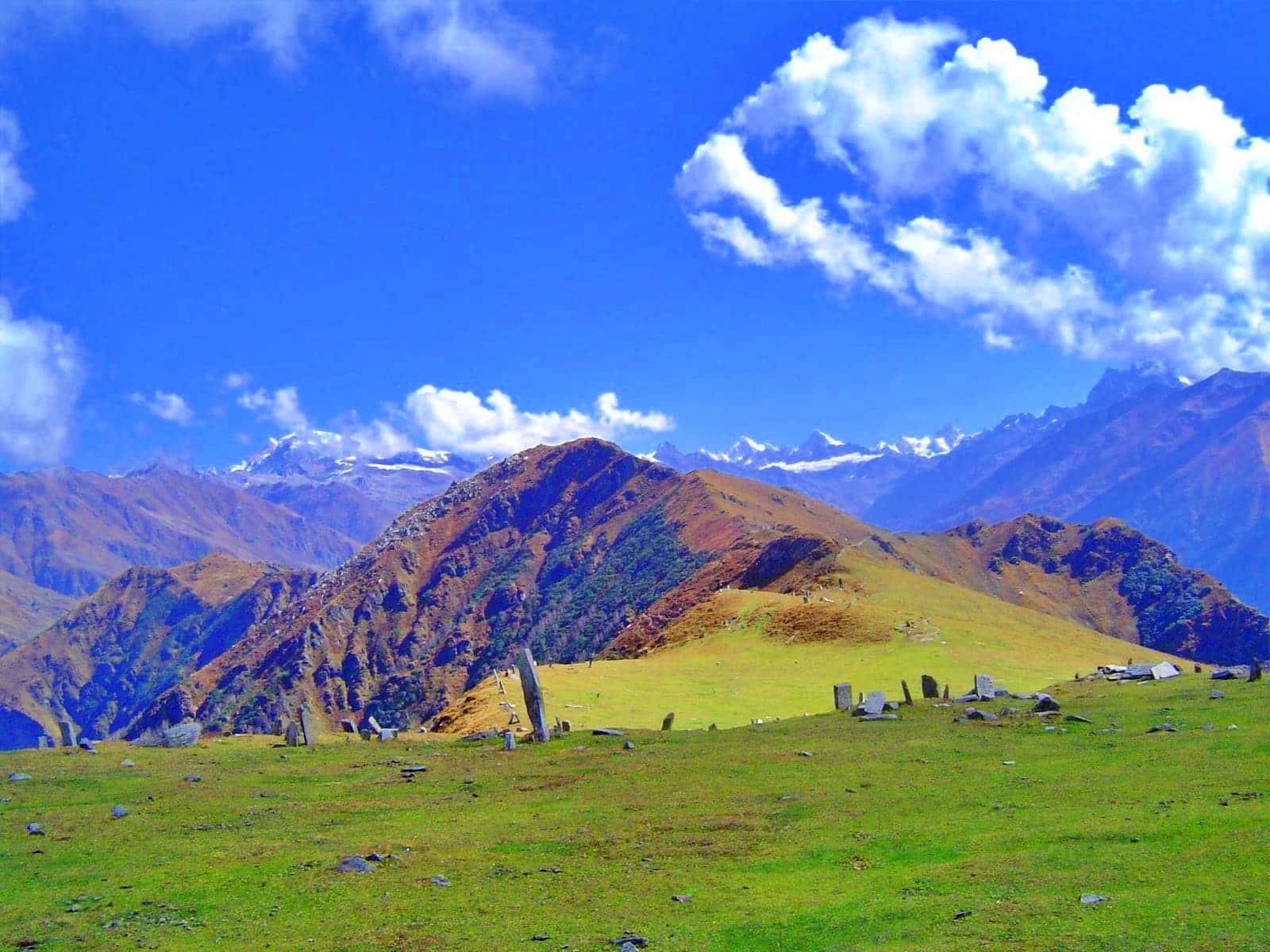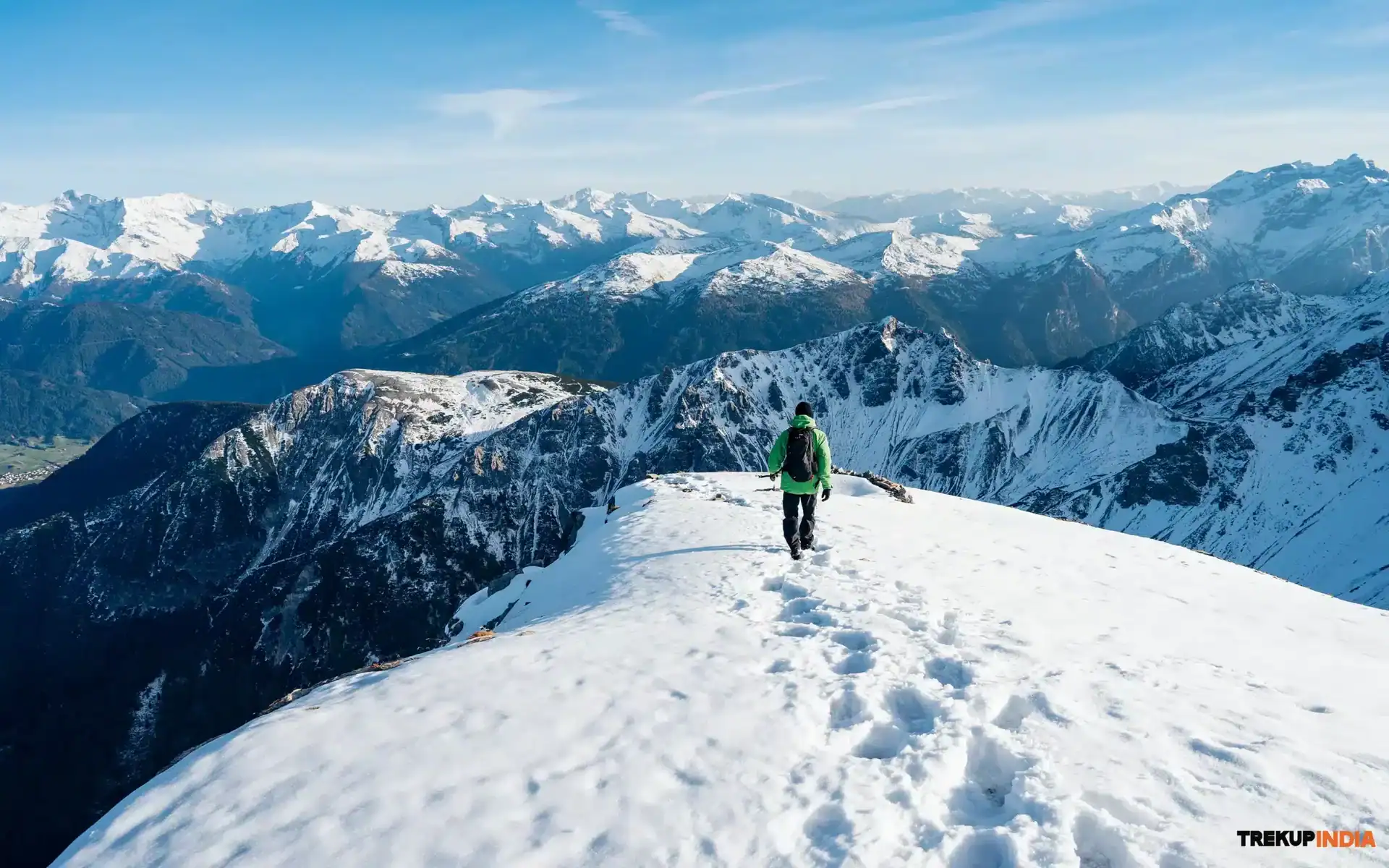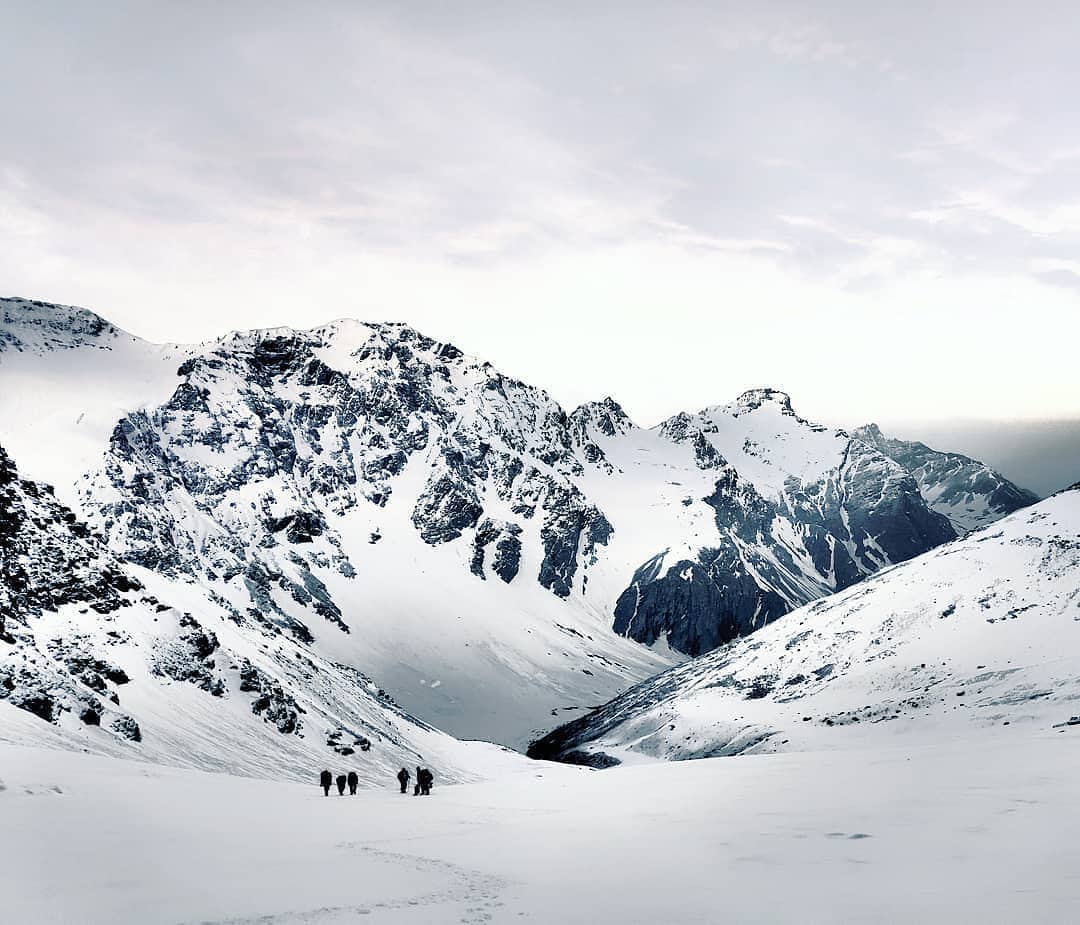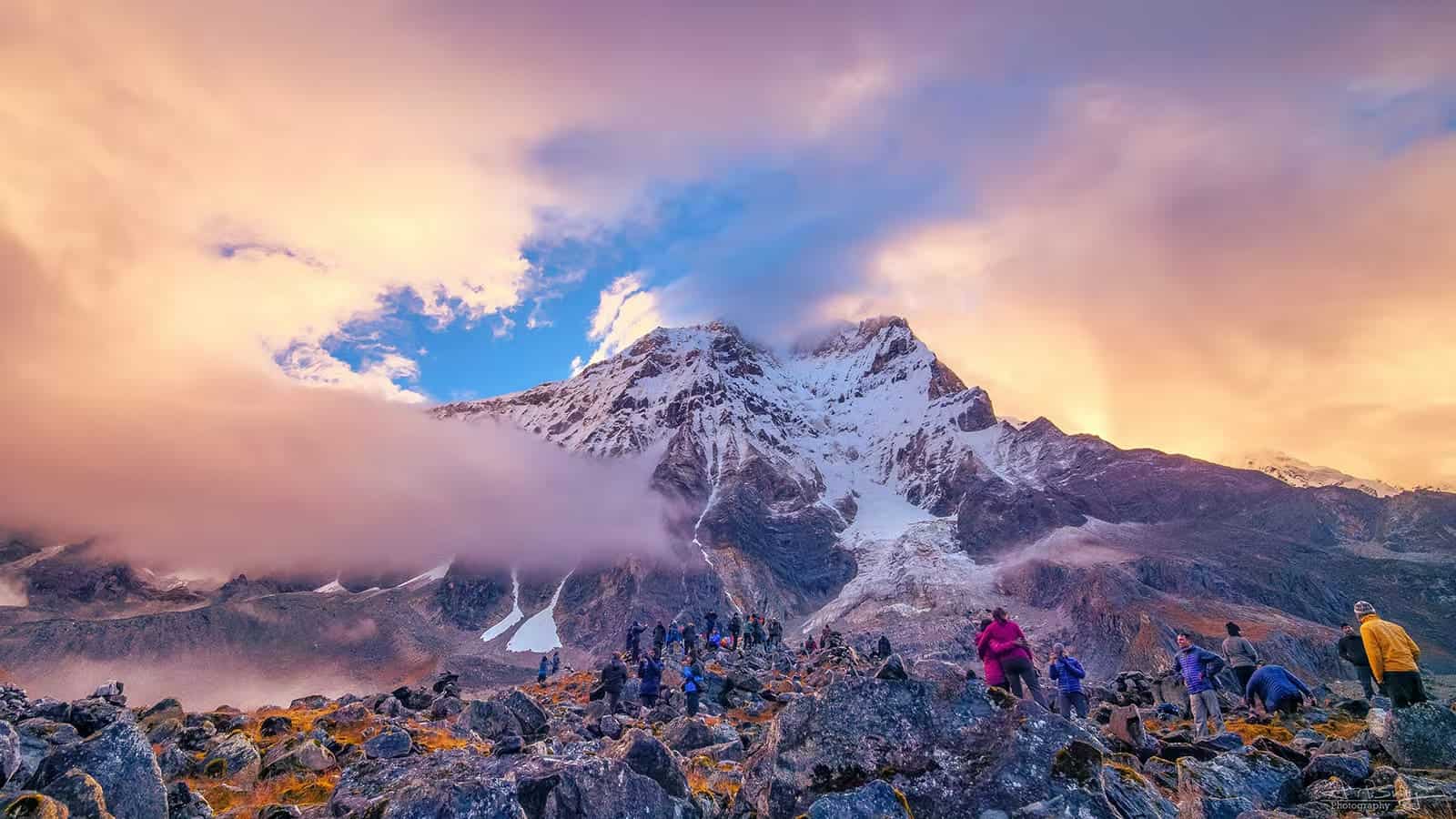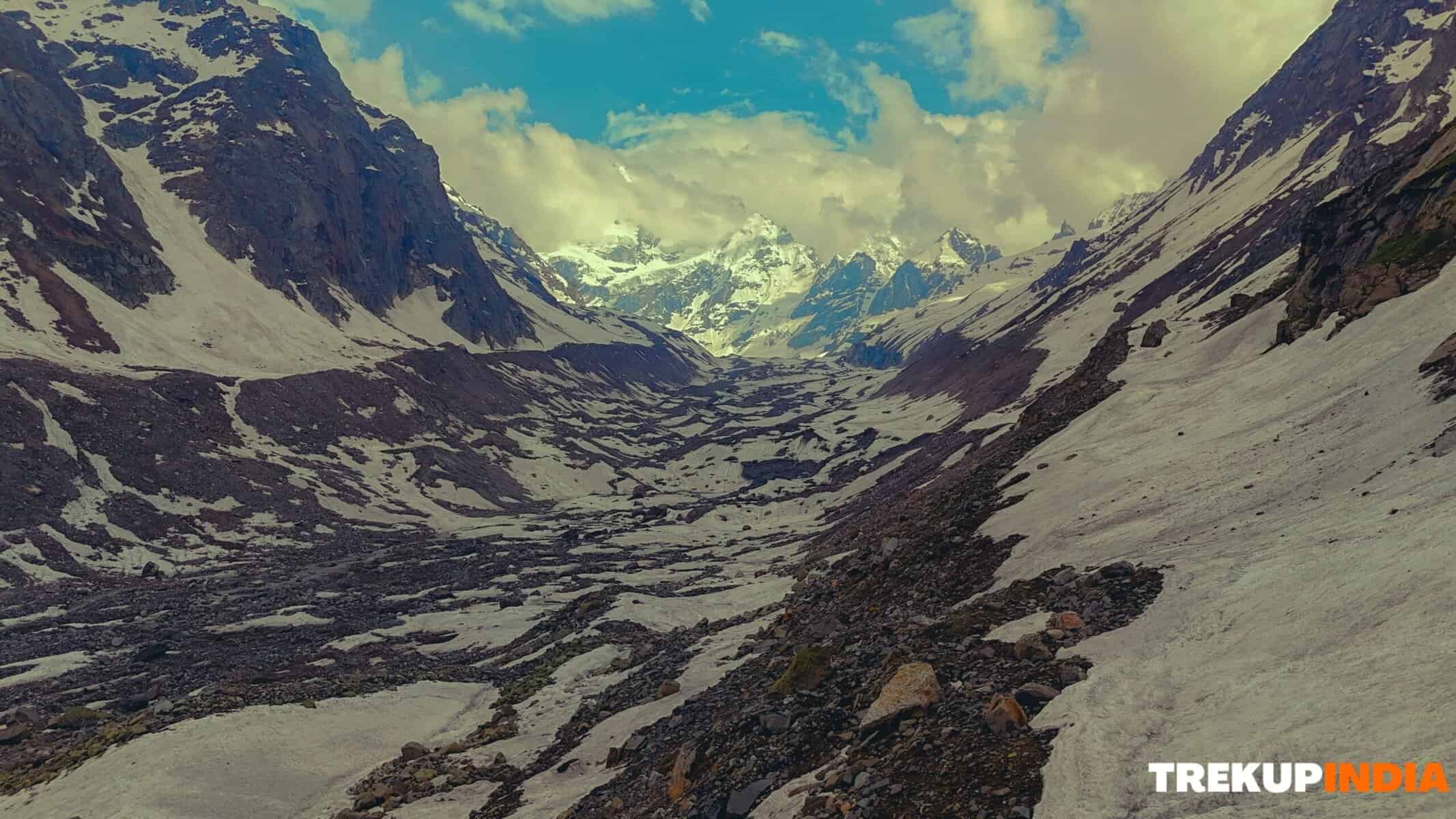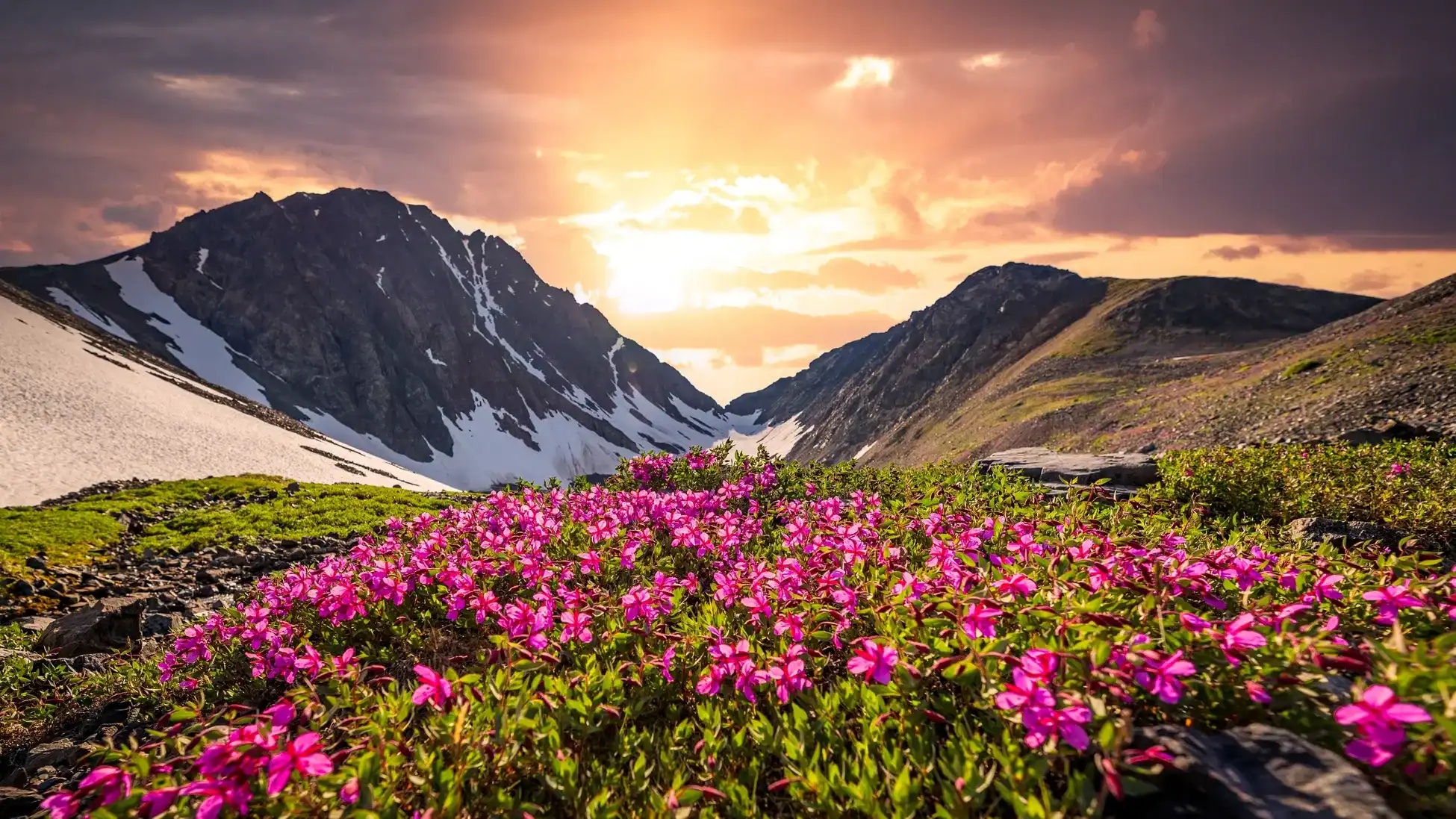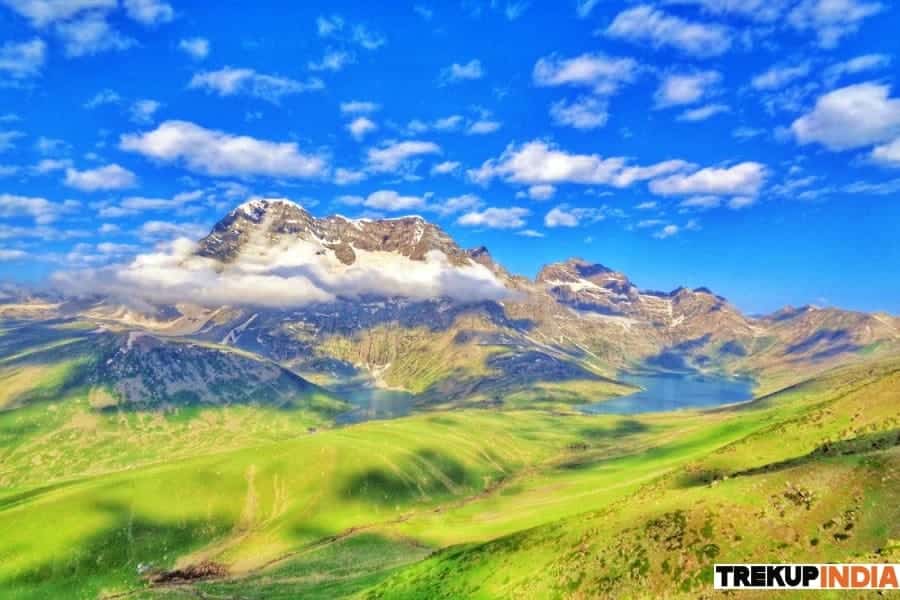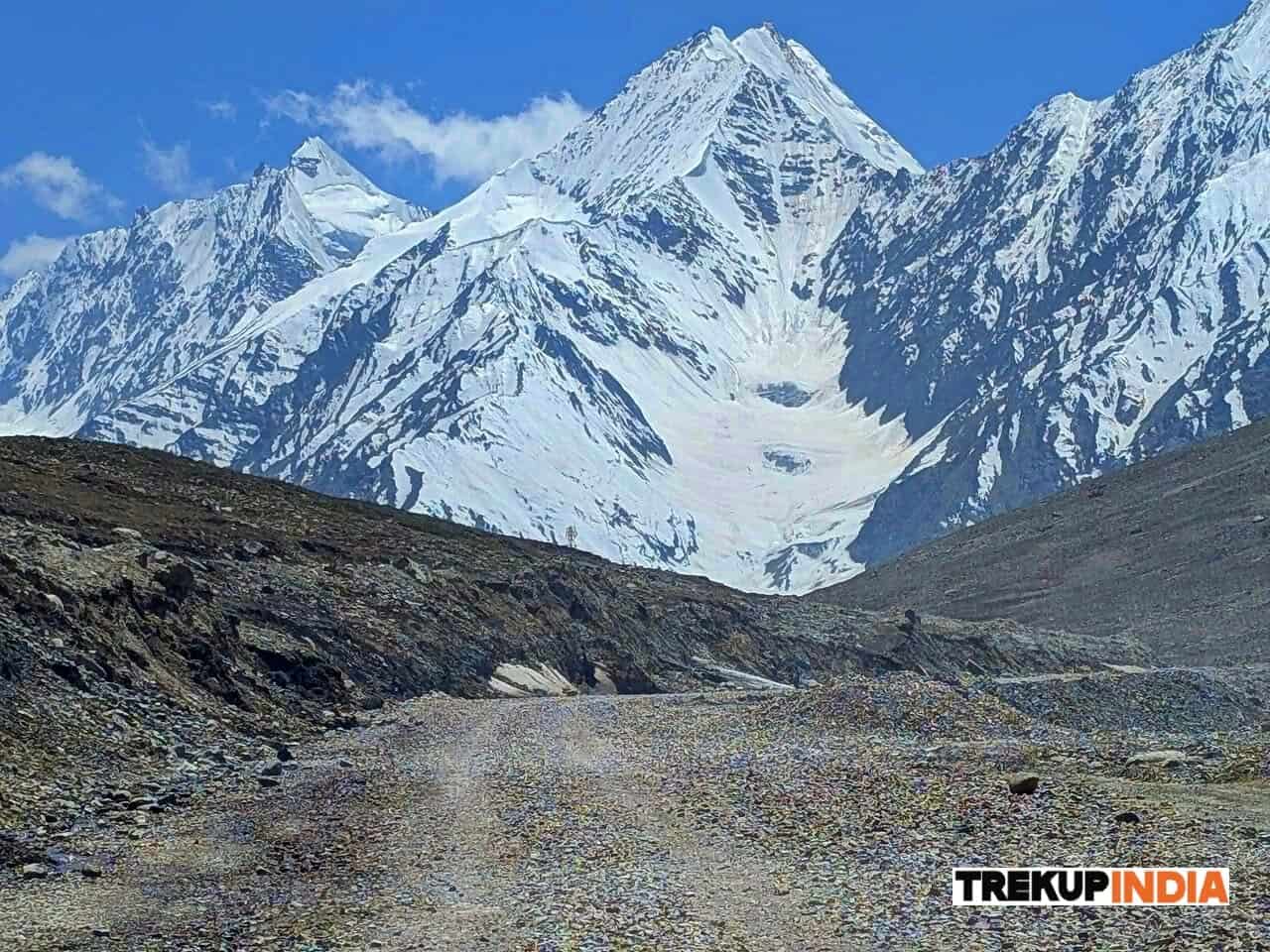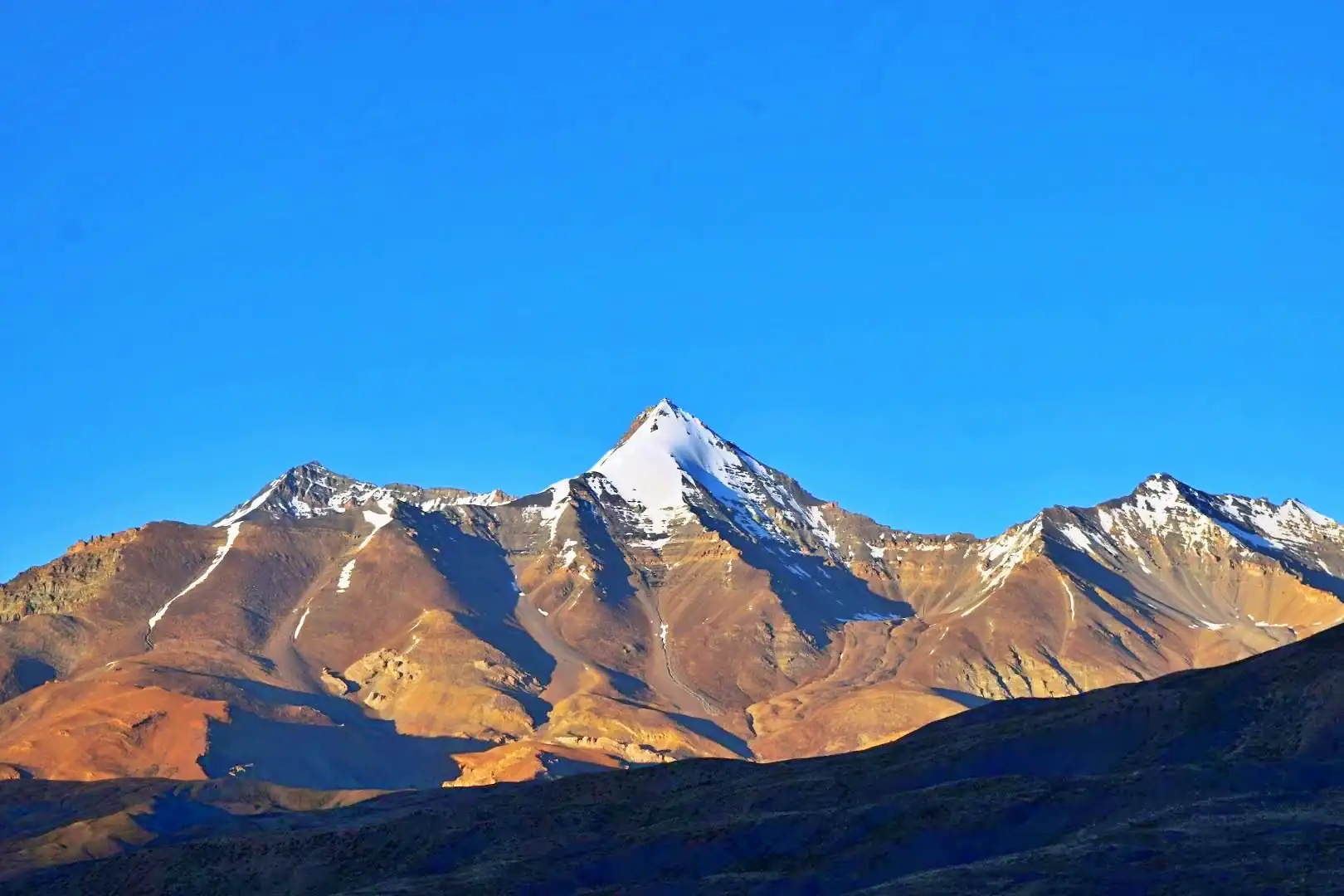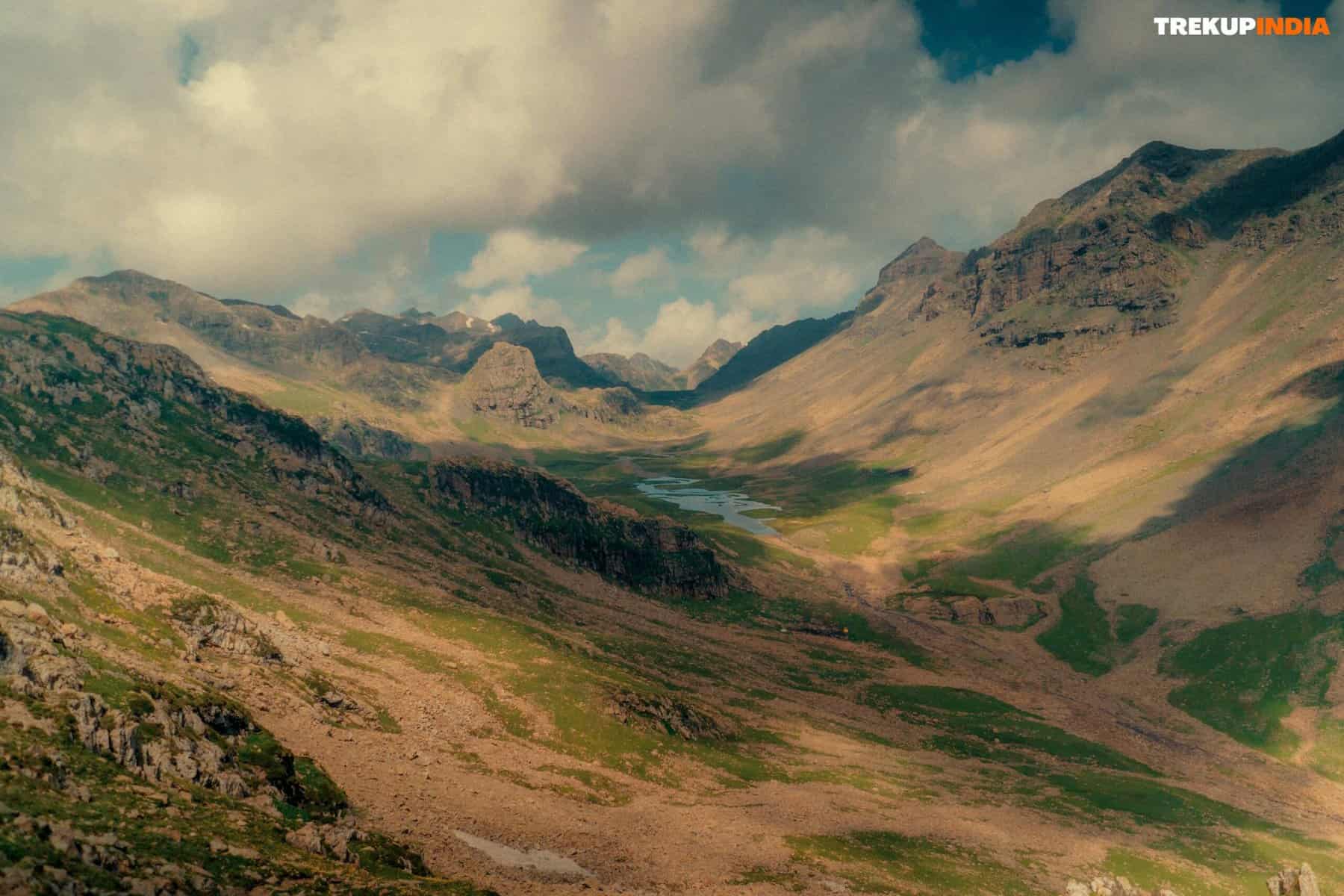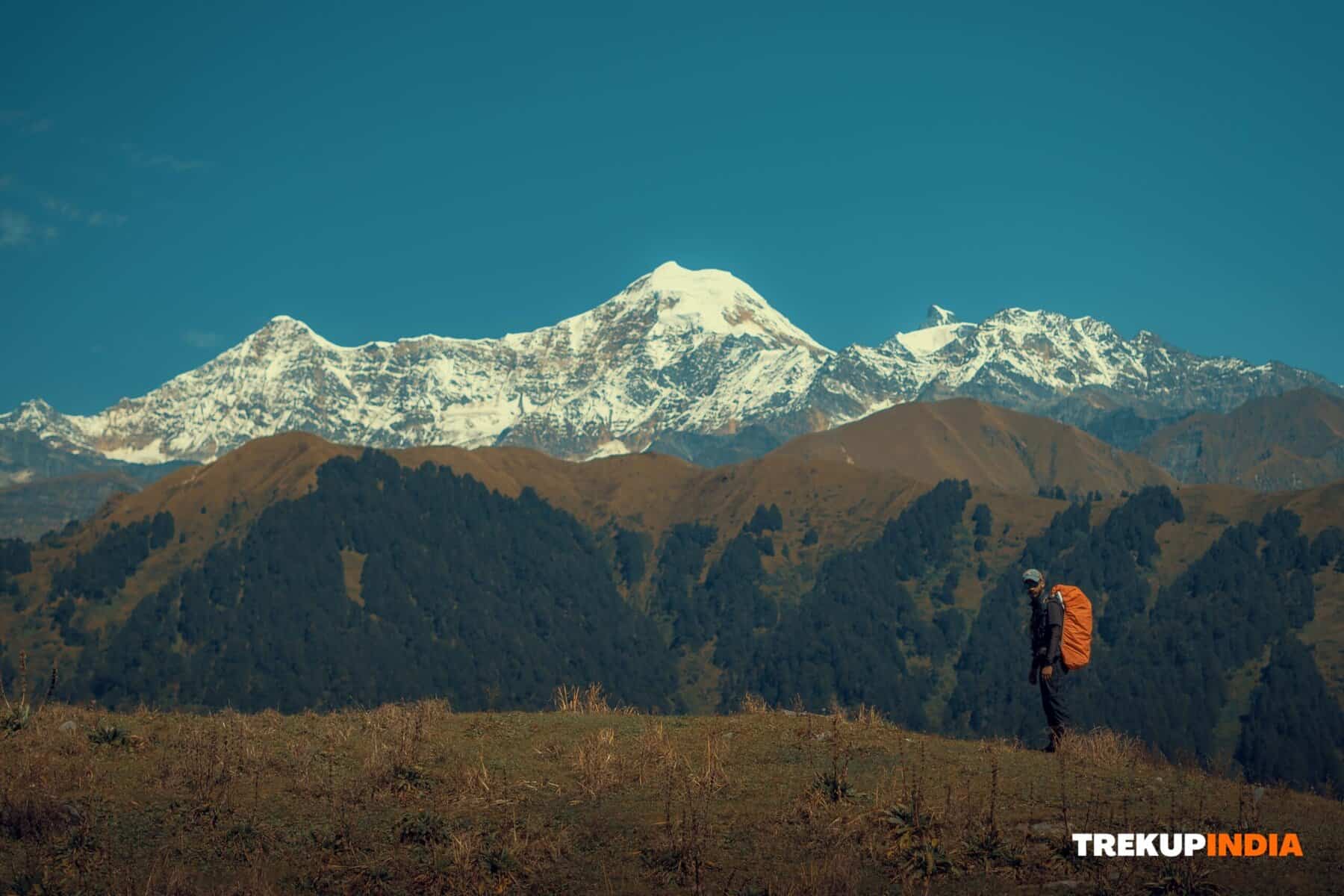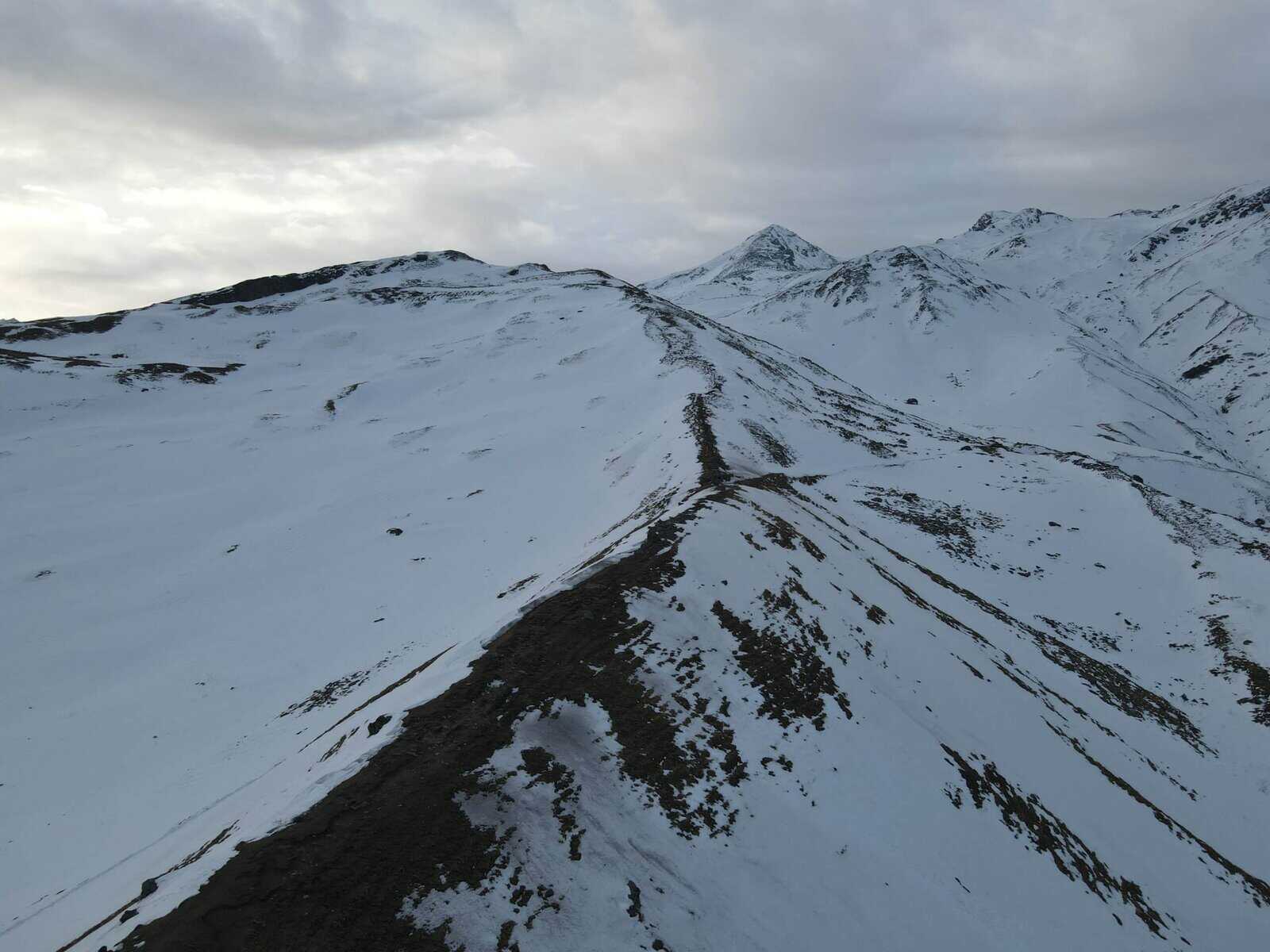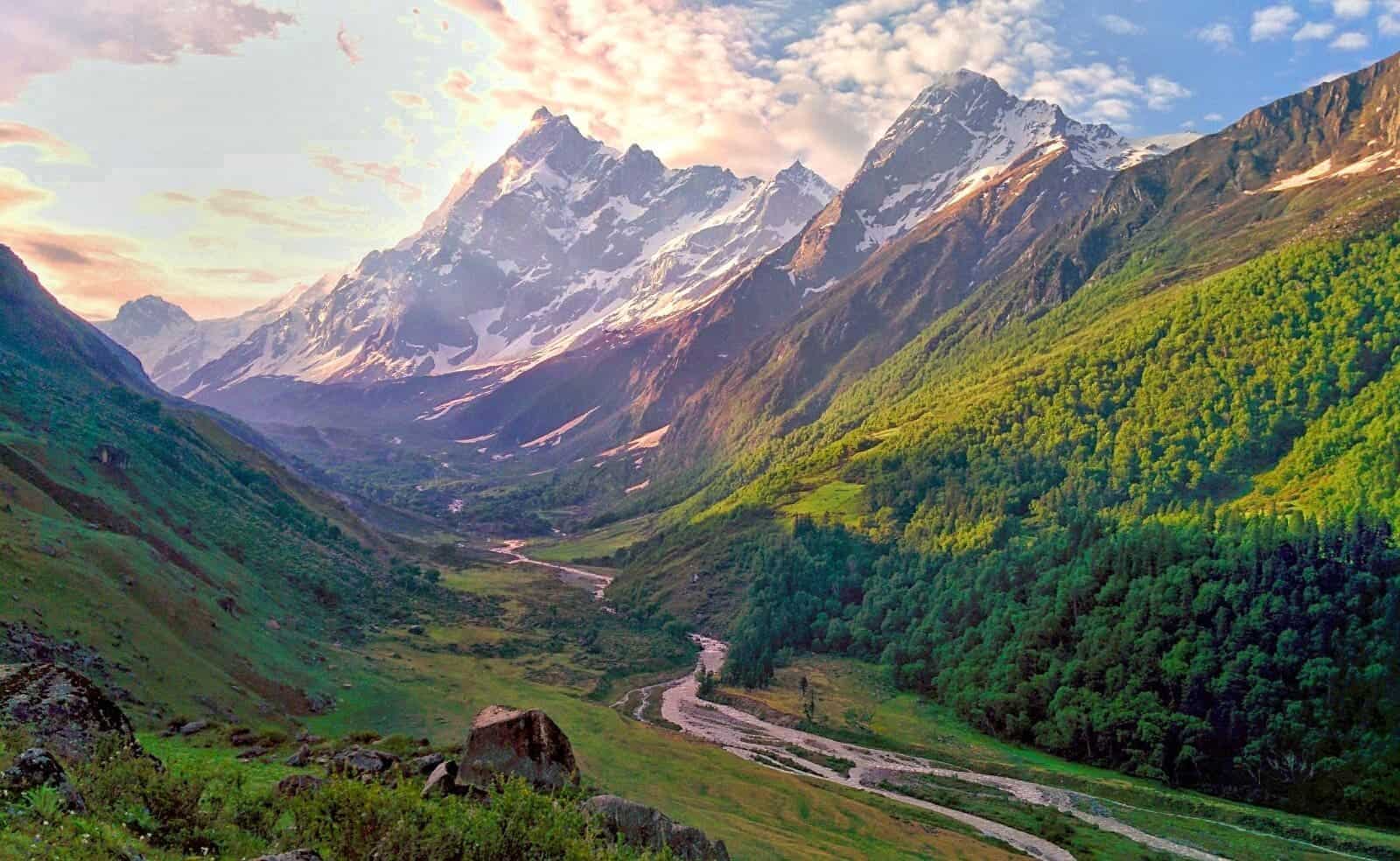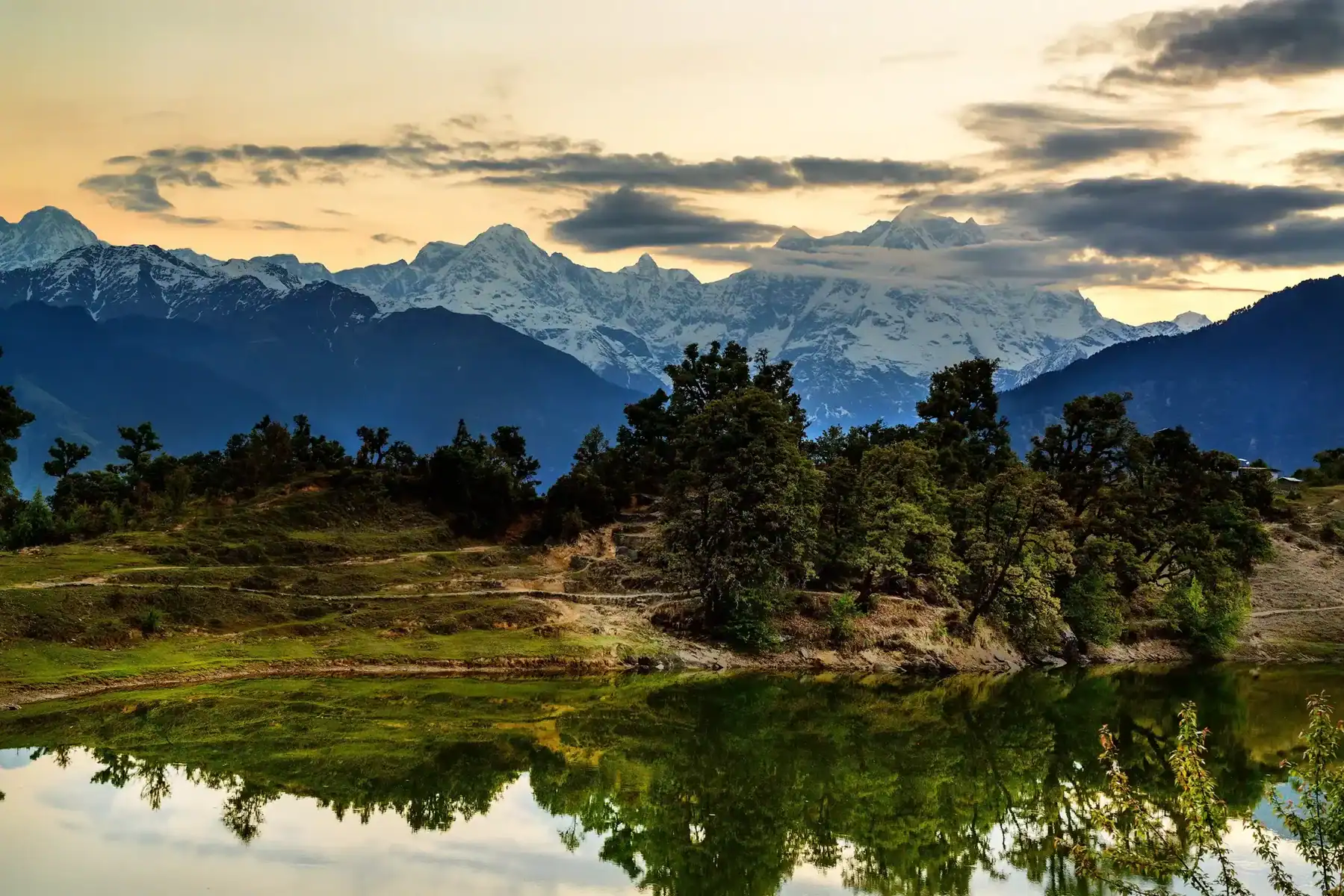How To Trek On The Mountain
High Altitudes, Higher Rewards
Towering mountain peaks, vibrant alpine flora, endless green meadows, and the rush of pure adventure — exploring high altitudes is truly a one-of-a-kind experience. But reaching these breathtaking places takes more than just money and motivation. The journey into the heart of the Himalayas calls for patience, preparation, and often, a shift in mindset.
To truly enjoy your time in the mountains, you have to leave behind some of the habits and assumptions you’ve grown up with. Life moves differently up here — and so should you.
Pacing Matters More Than You Think
When it comes to staying healthy in the mountains, most people focus on avoiding Acute Mountain Sickness (AMS) through hydration, rest, or medication. What’s often overlooked is one of the most effective tools for acclimatization: how you walk.
Yes, something as simple as your walking pace can make or break your high-altitude experience.
Rushing through trails might feel satisfying at lower altitudes, but in the Himalayas, slow and steady isn’t just smart — it’s essential. Learning how to walk properly in these conditions can help your body adjust to thinner air, conserve energy, and significantly reduce your risk of altitude sickness.
If you want to become a confident, capable trekker, mastering this basic — yet often underestimated — skill is a great place to start.
1. Take it slow
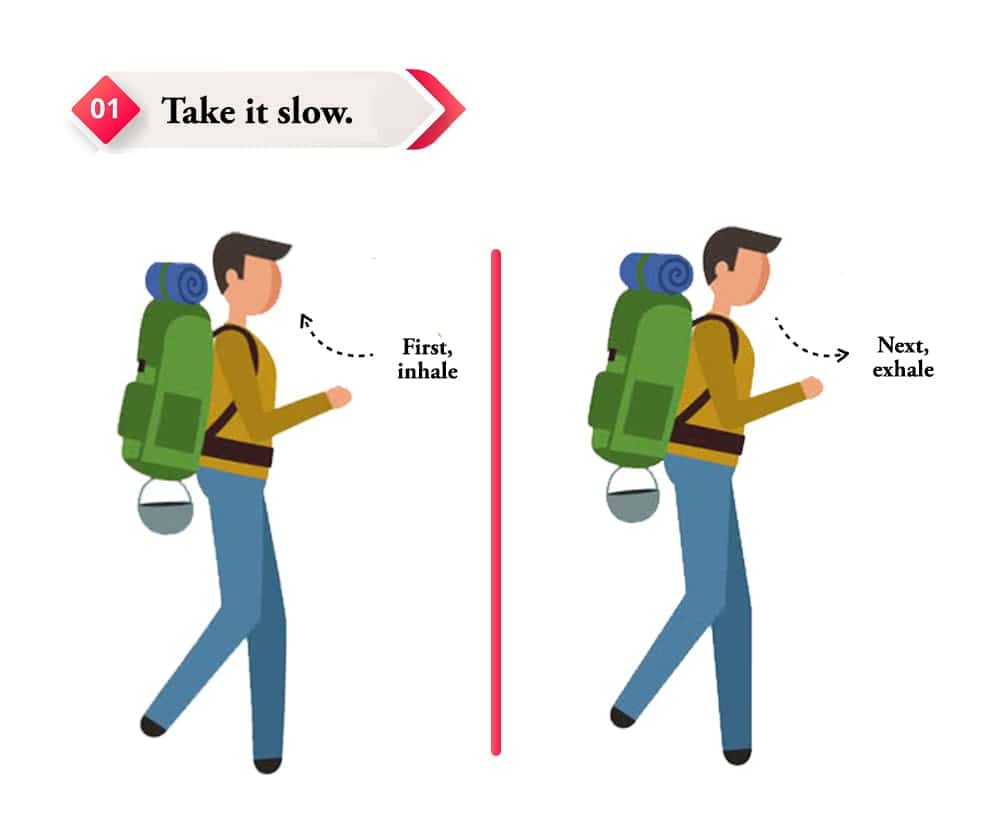
Walk with Your Breath, Not Against It
You might be an ultra-runner or a fitness enthusiast, but when it comes to the Himalayas, speed won’t do you any favors. The key to high-altitude trekking is to slow down — way down.
As you climb, your breathing becomes more labored due to the thinner air. Pushing too hard, too fast will only lead to quicker fatigue and possibly altitude sickness. That’s why syncing your steps with your breath is one of the smartest things you can do in the mountains.
Here’s a simple but powerful technique:
Take one step as you inhale, and another as you exhale. On steeper inclines, slow it down even further — try taking one step, then breathing in and out two or three times before your next move. This controlled rhythm helps your body adjust and reduces unnecessary strain.
Practice this at sea level before your trip, so it becomes second nature. Let your breath set the pace — not your ambition. In the high mountains, your breathing rhythm is your strongest guide.
Tip: Inhale – step forward. Exhale – step again. Let your lungs lead the way.
2. Never walk with your legs straight

Good Posture Isn’t Always What You Think
While we’re often told to “stand up straight,” that advice doesn’t always apply in the mountains — especially when you’re carrying a heavy pack at high altitudes. In fact, rigid upright posture can increase strain and throw off your balance on uneven trails.
Proper spinal alignment is still important, but it starts with how you pack and wear your backpack. Make sure the load is evenly distributed and sits close to your body. Tighten the shoulder, chest, and waist straps so the pack hugs your back, not dangles behind you.
Once you’re geared up, lean slightly forward from your hips, especially when climbing. This shifts the weight to your back and shoulders and reduces stress on your lower spine. Watch local guides or porters — many of them carry 30–40 kg loads with impressive efficiency. Notice how they bend at the hips and use a low, steady posture to climb without wasting energy.
On flatter terrain, feel free to walk upright to relax your body. Just avoid letting the backpack sway or tug on your back — and never leave straps hanging loose. They can throw off your balance or get caught along the trail.
Tip: Bend slightly at the hips, secure all straps, and keep your backpack tight against your back.
3. Less sweat, more gain

Why Sweating in the Mountains Can Be a Problem
Here’s something most new trekkers don’t realize: sweating at high altitude can actually work against you.
Sweating is your body’s natural way to cool down after exertion — but in cold, high-altitude environments, keeping your body warm is the real priority. When you’re bundled up in layers, sweat doesn’t evaporate easily. Instead, it gets trapped in your clothes, leaving you damp and cold, especially when the wind picks up. That chill can lead to rapid heat loss and discomfort, even hypothermia in extreme cases.
That’s why it’s so important to hike at a slow, steady pace. The less you sweat, the better your body can retain warmth. Overexertion doesn’t just wear you out — it can make you wet, cold, and miserable.
You may have noticed how wearing a jacket with a backpack often leads to heavy sweating around your shoulders and back — right where the straps press down. And as soon as you stop or a cold breeze hits, those damp areas get chilled fast. Taking your jacket off in freezing conditions isn’t ideal either.
Here’s a simple trick:
Put your jacket on backward — yes, really. Drape it over your front like a cape, leaving the zipper or buttons at the back. Then strap on your backpack over your shirt, not your jacket. This way, your front stays protected from wind, while your back stays ventilated and sweat-free.
Tip: Keep your pace even and slow. Wear your jacket like a cape with the opening at the back to avoid sweating under the straps.
4. Be sure to climb down with a sense of Spruce
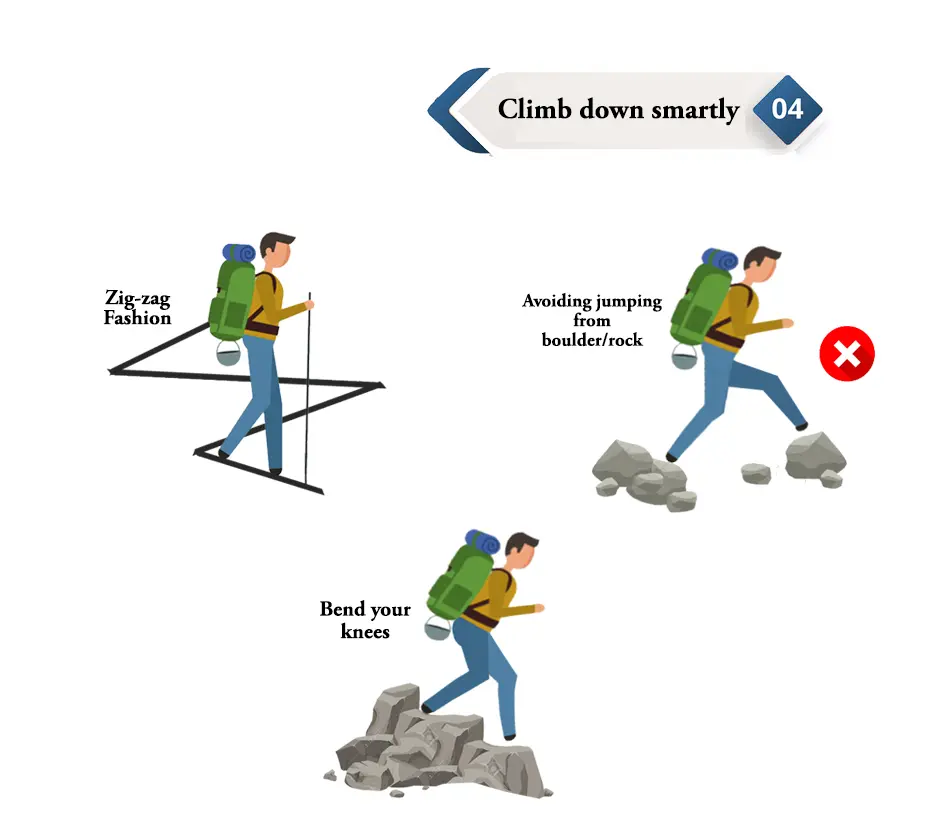
Descending Safely: Don’t Let Gravity Take Over
One of the most common causes of injury on the trail isn’t climbing up — it’s coming down.
You’ve probably seen hikers rushing downhill, hopping off rocks, or sprinting down trails, only to lose their balance and take a tumble. While climbing uphill demands stamina and strength, descending requires just as much control and technique.
Always descend in a zigzag pattern using small, deliberate steps. This helps your body maintain balance and distributes impact more evenly, reducing the strain on your joints. Walking this way also allows you to move more efficiently, letting gravity assist without letting it take control.
Avoid jumping off rocks or boulders. It might feel fun in the moment, but it sends a shock through your knees and feet, increasing your risk of long-term joint issues. Remember: descending places extra stress on your knees, especially when carrying a loaded backpack.
To protect your joints, bend your knees slightly while going downhill. Think of your legs as shock absorbers — this helps you stay stable and softens each step.
Mastering this technique is one of the best things you can do to stay injury-free and enjoy your trek to the fullest.
Tip: Use small, zigzag steps with bent knees while descending. Avoid jumping off boulders to protect your joints.
5. Use the trekking pole to boost your performance

Let Trekking Poles Do the Work
Used correctly, trekking poles can be a game changer on any hike. They’re not just accessories — they’re powerful tools to reduce strain, improve balance, and make both ascents and descents much easier on your body.
When using a pole, don’t just grip it loosely. Slide your hand up through the strap from below, then wrap your fingers around the handle. This way, your palm presses down on the grip, allowing you to transfer your body weight more efficiently. It reduces the effort needed from your legs and takes significant pressure off your knees — especially during downhill sections.
Always plant the pointed end of the pole firmly on a solid surface before putting your weight on it. And be extra cautious on rocks or slippery ground.
Important technique:
When walking along ridges or narrow paths with steep drops, hold the trekking pole on the side toward the slope, not the exposed edge. If the pole slips or falls from your grip, it’s safer for it to land uphill rather than down a steep drop. On narrow trails, a misplaced pole can cause a loss of balance — and that’s not a risk worth taking.
Tip: Press down with your palm to shift weight onto the pole. Always use the pole on the uphill side, not toward the valley or exposed edge of the trail.
6. Another boost is Backpack

How to Wear Your Backpack Without Breaking Your Stride
Getting your backpack fit just right is more important than most hikers realize. A poorly adjusted pack can cause discomfort, slow you down, and lead to unnecessary breaks — all of which interrupt your flow and drain your energy.
The key is balance and smart weight distribution. While it’s true that your backpack should sit close to your body, many hikers make the mistake of tightening both the shoulder and hip straps all at once. This might feel secure at first, but over time, that constant pressure can cause pain in your shoulders or hips, forcing you to stop and readjust — again and again.
Here’s a better approach:
Start your trek by tightening your shoulder straps while keeping the hip belt a bit loose. After some time, loosen the shoulders and tighten the hip belt. This alternates the load between your shoulders and hips, relieving pressure without needing to remove your pack. Keep switching as needed — it keeps the walk smooth and your body more comfortable over long distances.
Tip: Begin with tight shoulder straps and loose hip straps. Later, reverse — loosen the shoulders and secure the hips. Alternate to share the load without stopping.
About Author

Preetam Singh Rawat (Founder)
The person behind this trekking organization is someone who’s spent over a decade – 12 years, to be exact – living and breathing the mountains. With multiple high altitude summits under his belt (we’re talking 6000 to 7000 meter peaks), he’s not just experienced – he’s the real deal.
But what really sets him apart is the sheer number of treks he has guided. He has led over 200 Himalayan expeditions, including well known routes like Bali Pass, Buran Ghati, Rupin Pass, Pin Bhabha, Stok Kangri, and Black Peak. Not just once, but multiple times. So yeah, when it comes to the Himalayas, he knows every twist in the trail and every story the mountains have to tell.
Got questions or want to get in touch? Write to Preetam at preetam@trekupindia.com. He’s always happy to chat about treks, answer your questions, or help you prepare for your next big adventure.
Share this article
Dates For Upcoming Treks
Want To Trek Like Pro?
Basically, watch these videos if you want to trek the same way professional trekkers do and make your skills better. These videos contain useful tips and techniques to further improve your trekking skills itself. These videos actually help both new and experienced trekkers improve their trekking skills. These videos definitely provide useful tips that make your trek better. We are seeing that these videos by Trekup India experts will only help you make your trekking skills better.
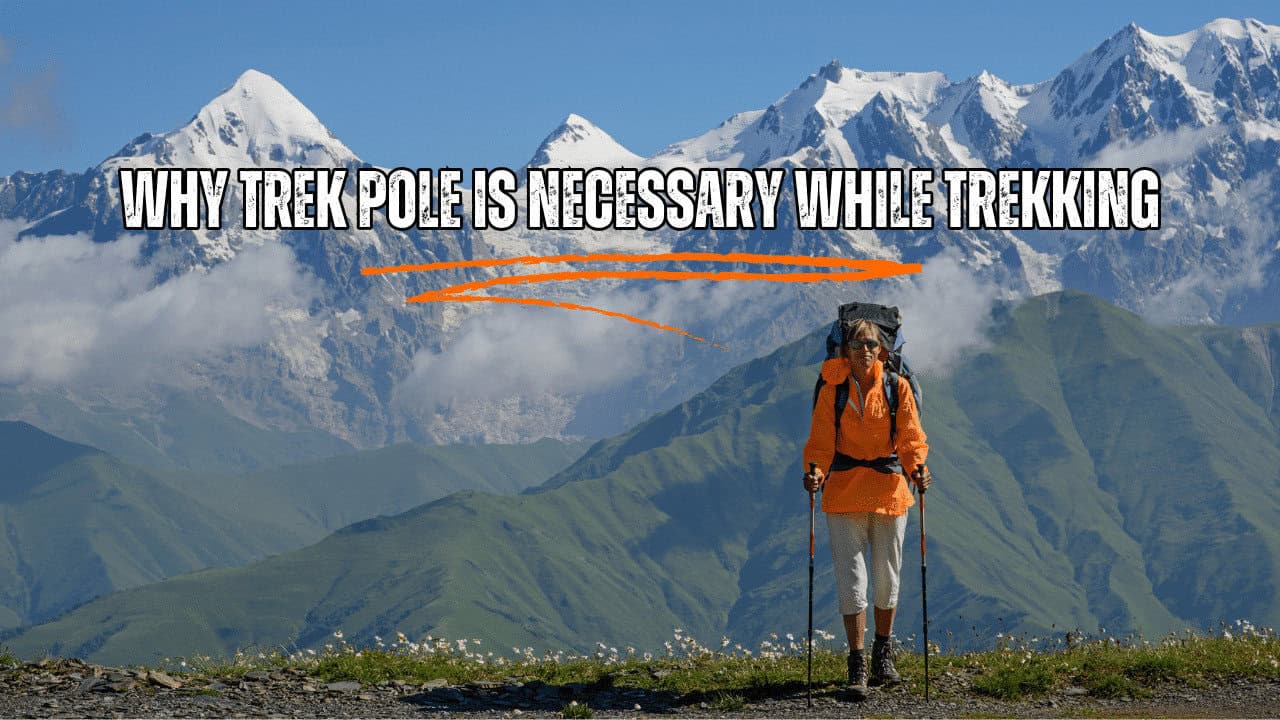
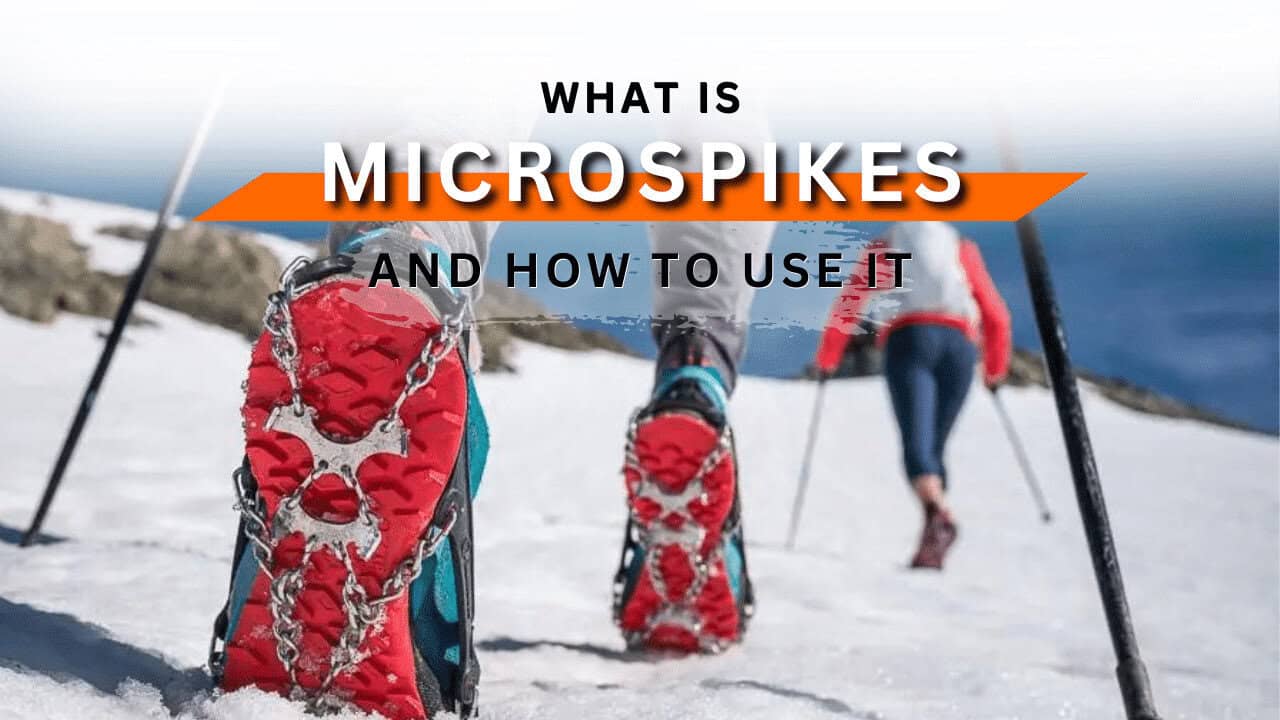
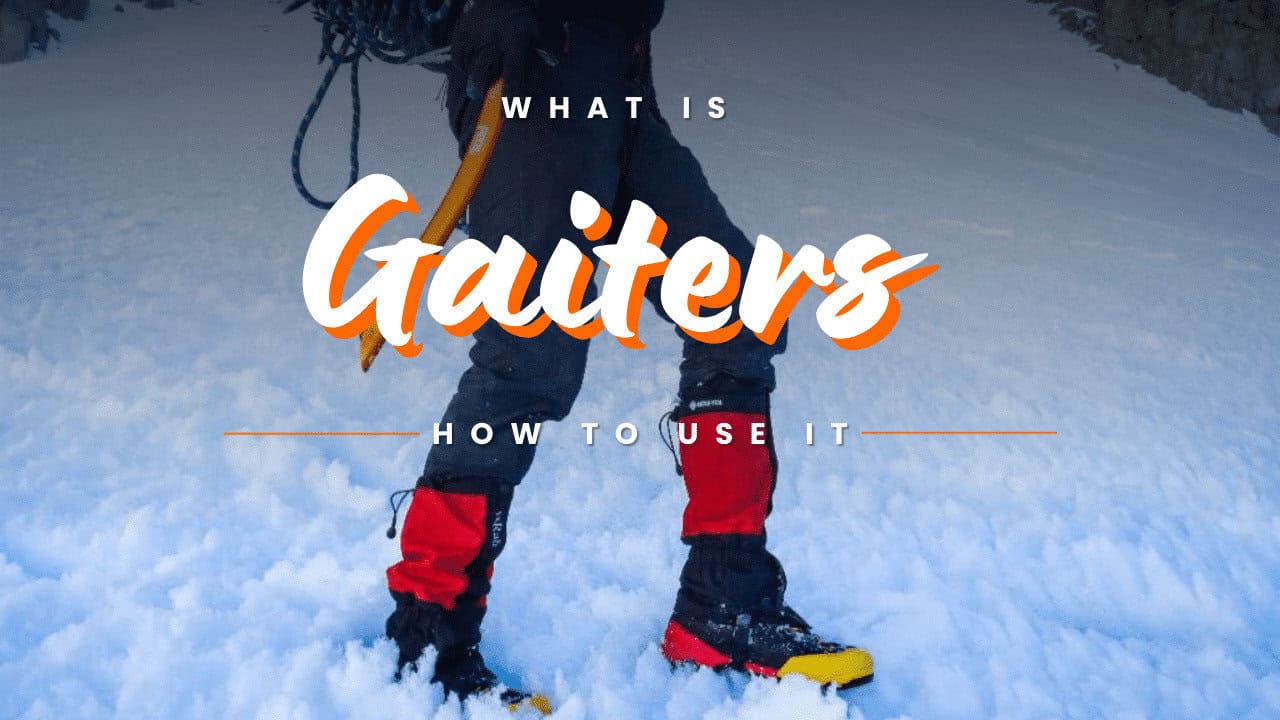
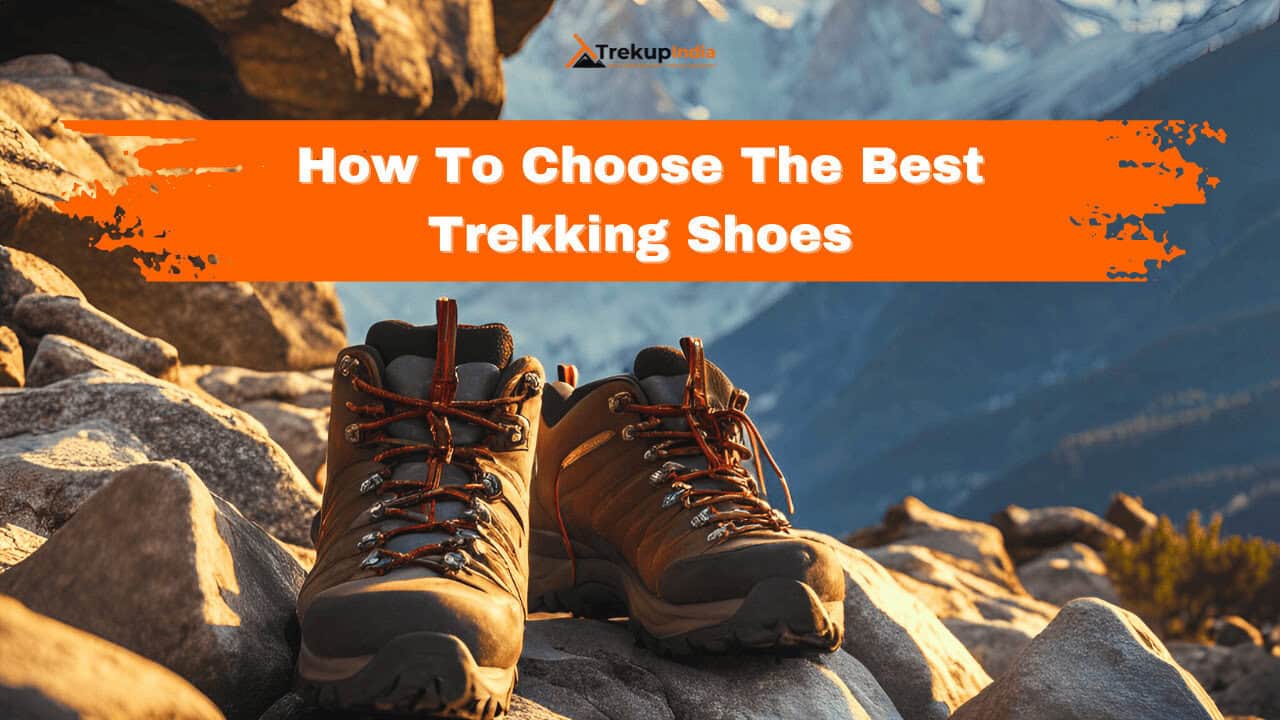
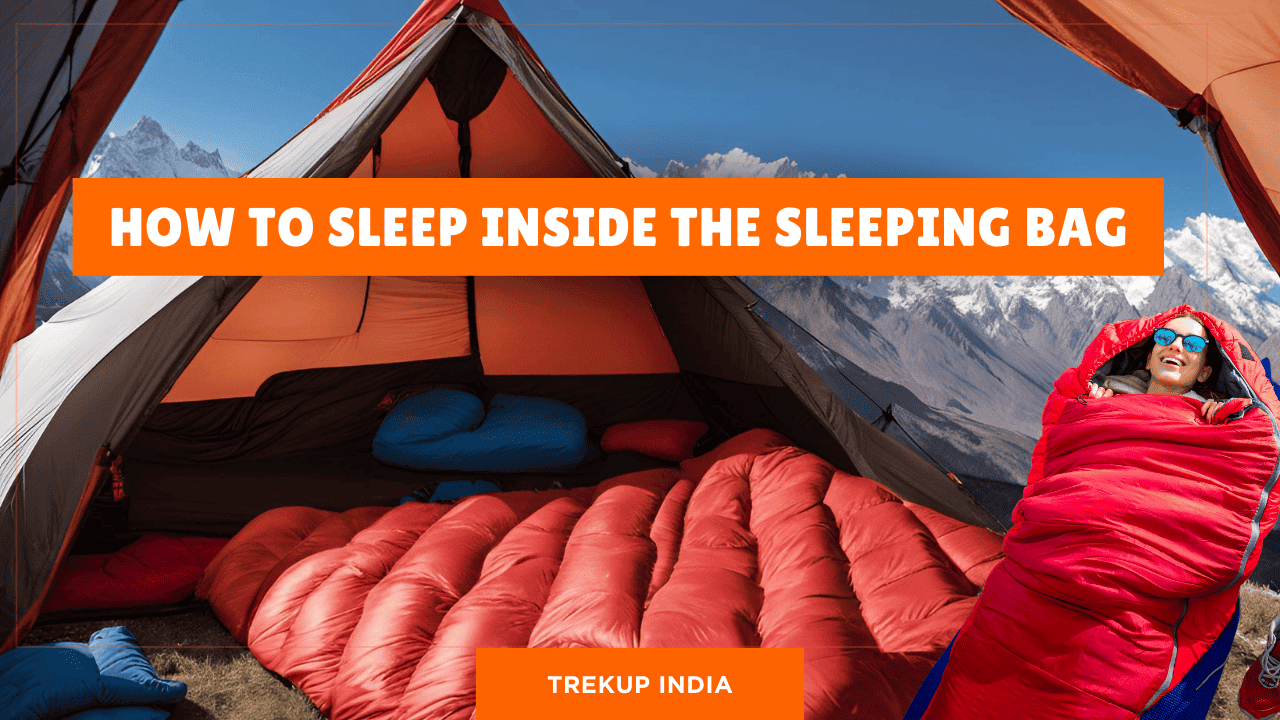
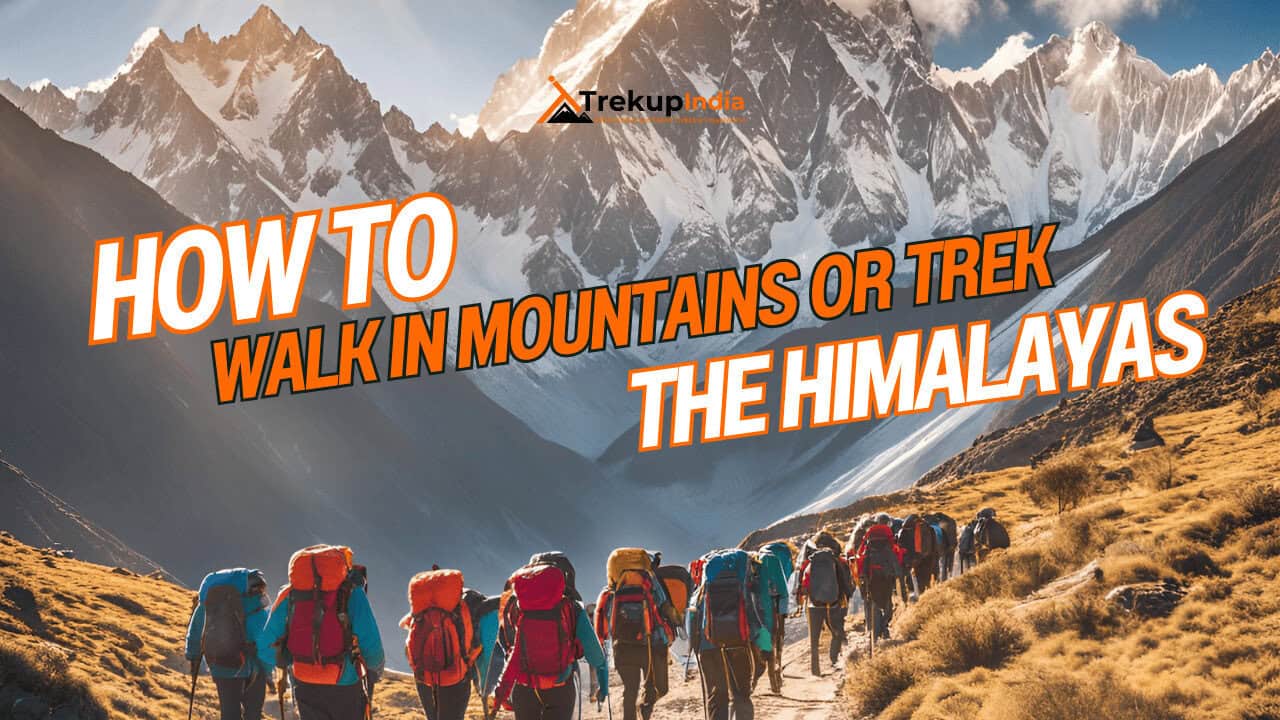
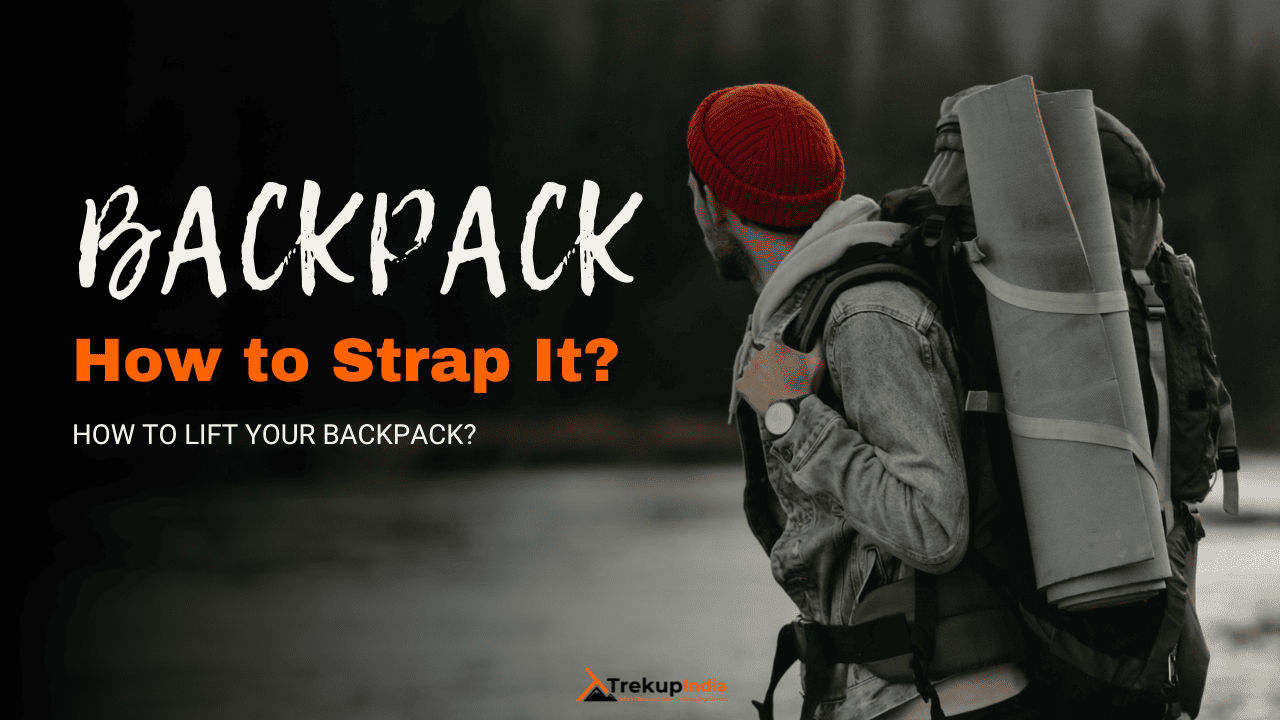
Know Everything About Acute Mountain Sickness
Acute Mountain Sickness occurs when people trek to high altitudes above 8,000 feet. This condition itself develops further due to reduced oxygen levels at such heights. Basically, as you go higher up, the air pressure and oxygen levels decrease, which causes the same problem. Acute Mountain Sickness surely causes headache, nausea, vomiting, and dizziness in affected persons. Moreover, peoples also experience difficulty in sleeping during this condition. To avoid mountain sickness, you should actually trek up slowly to higher altitudes. To learn further about this condition itself, watch the videos by Trekup India.
